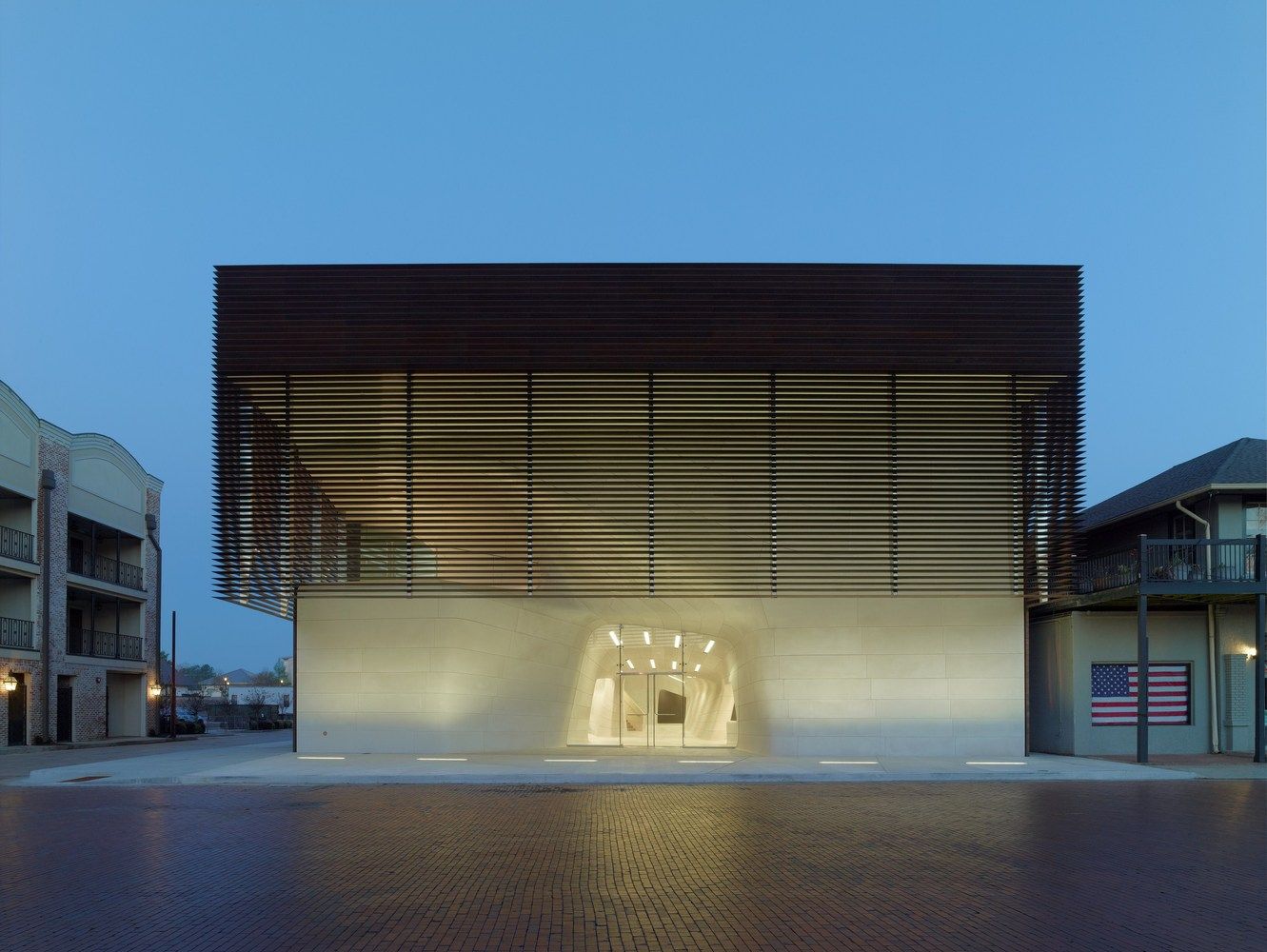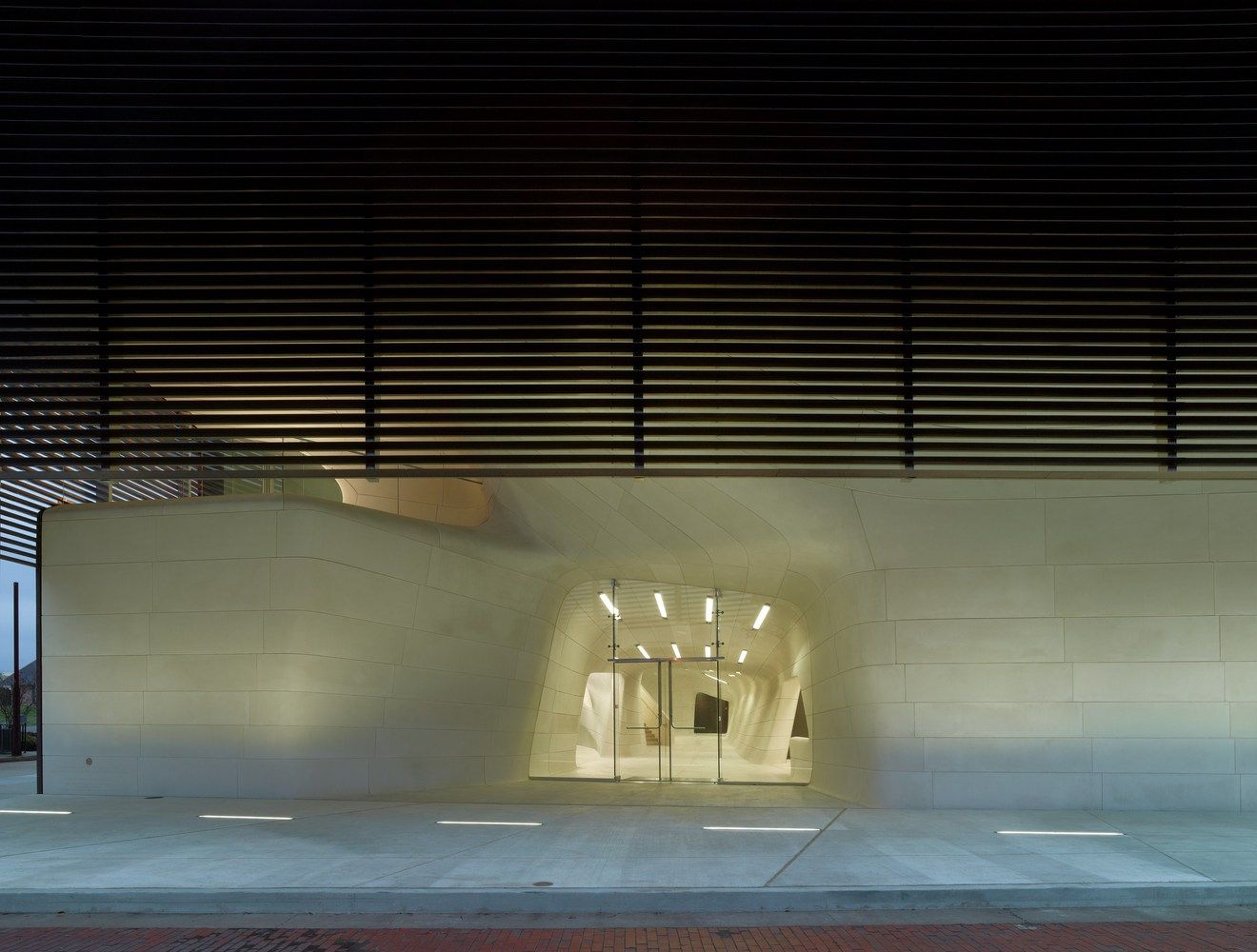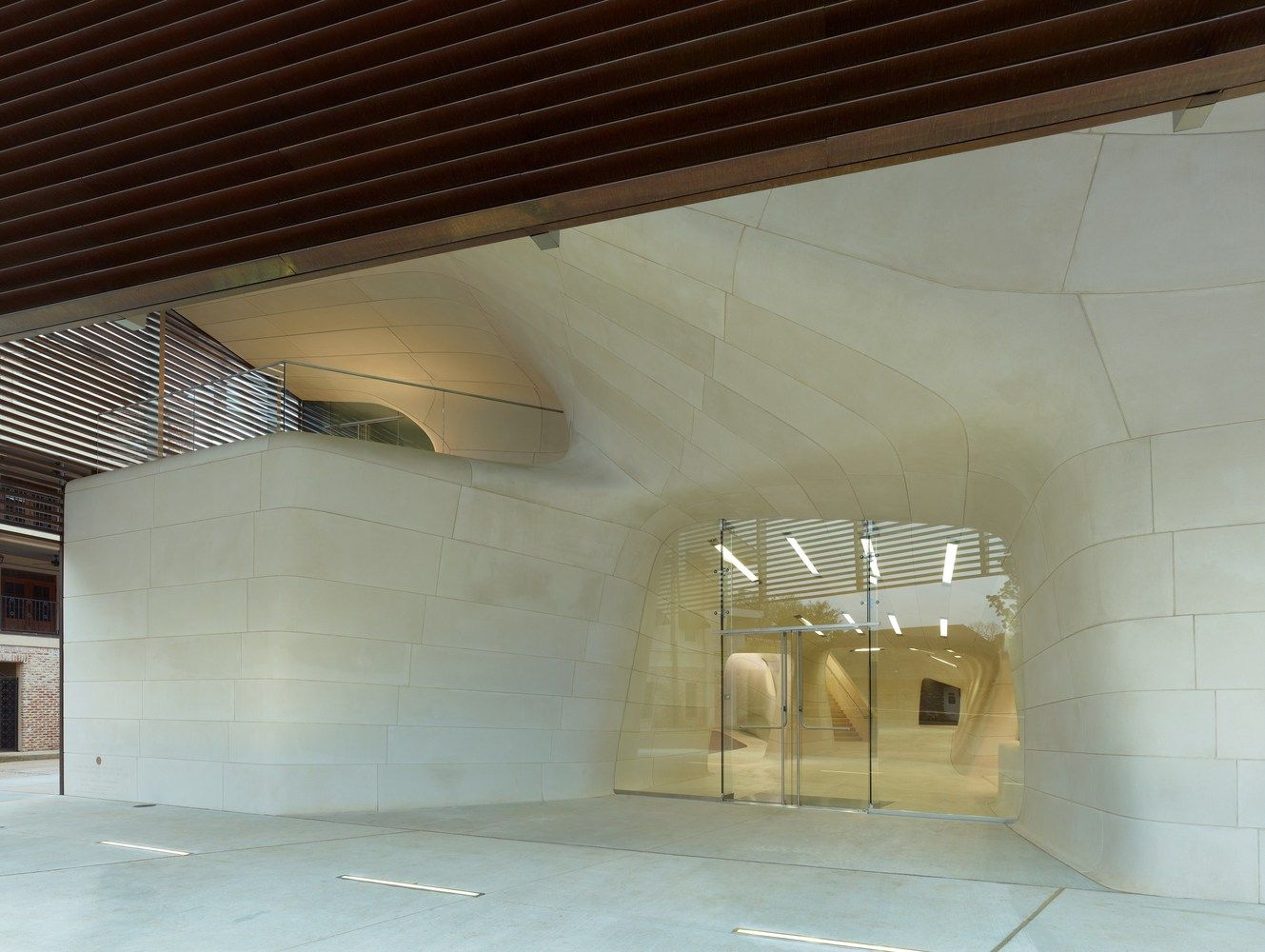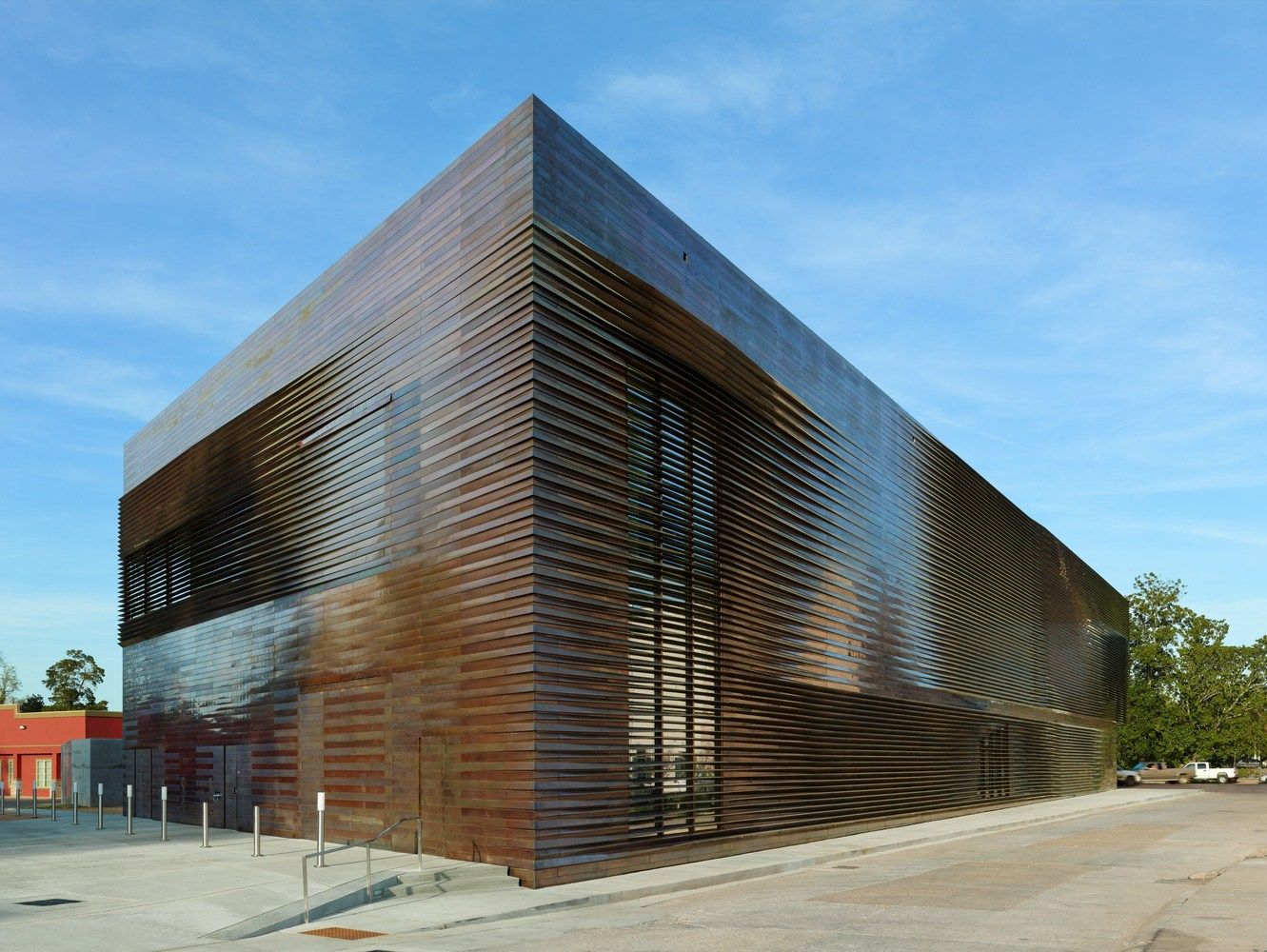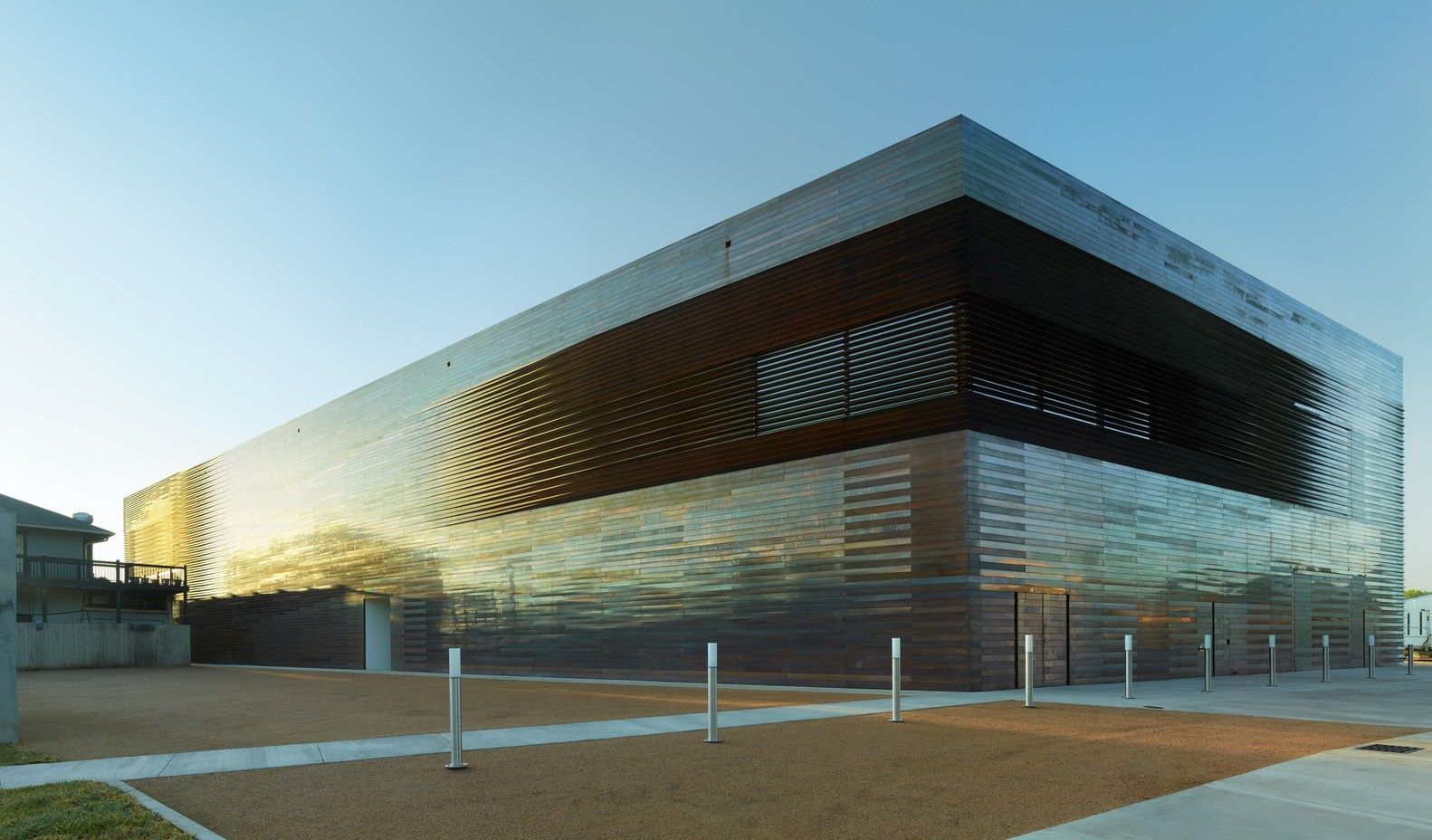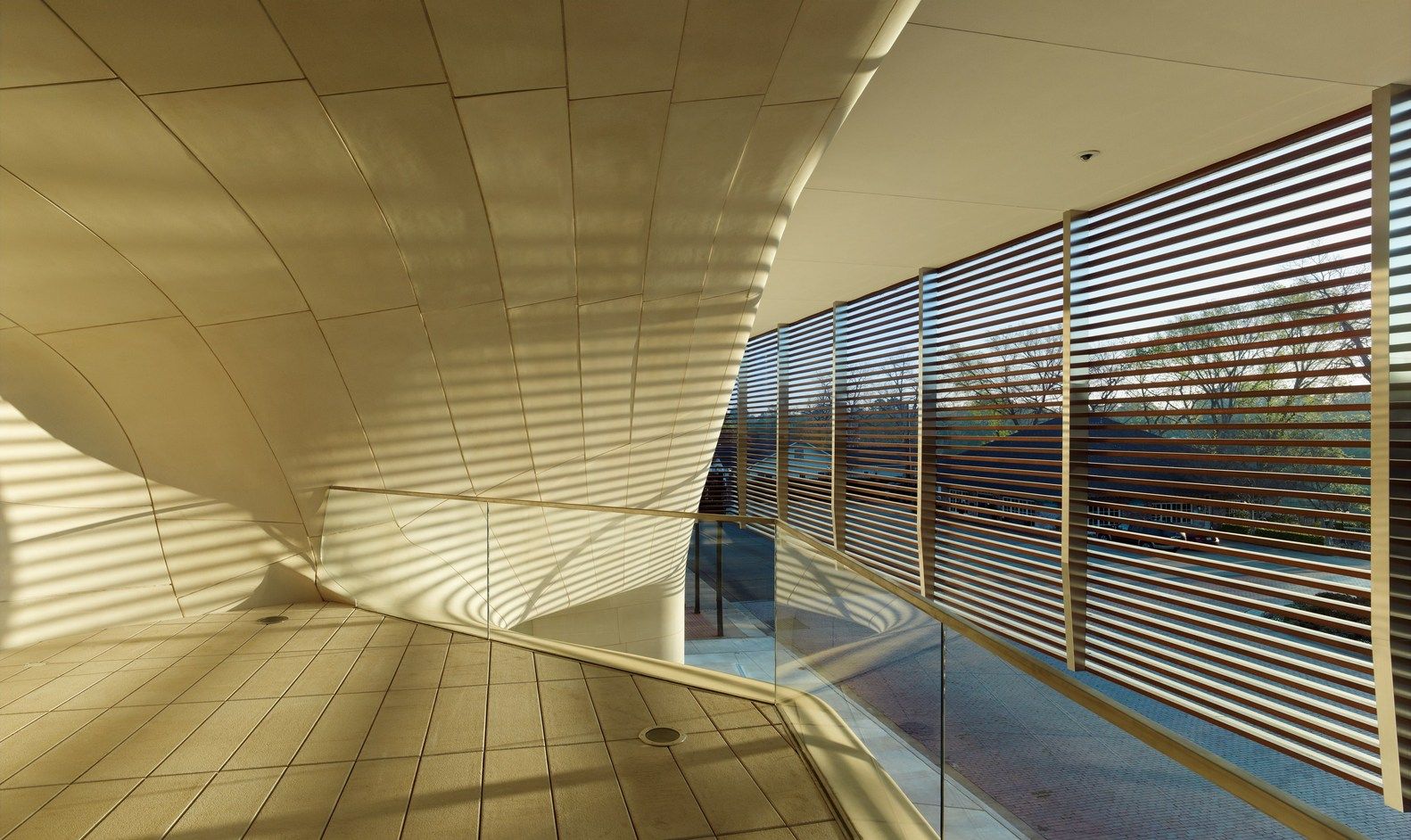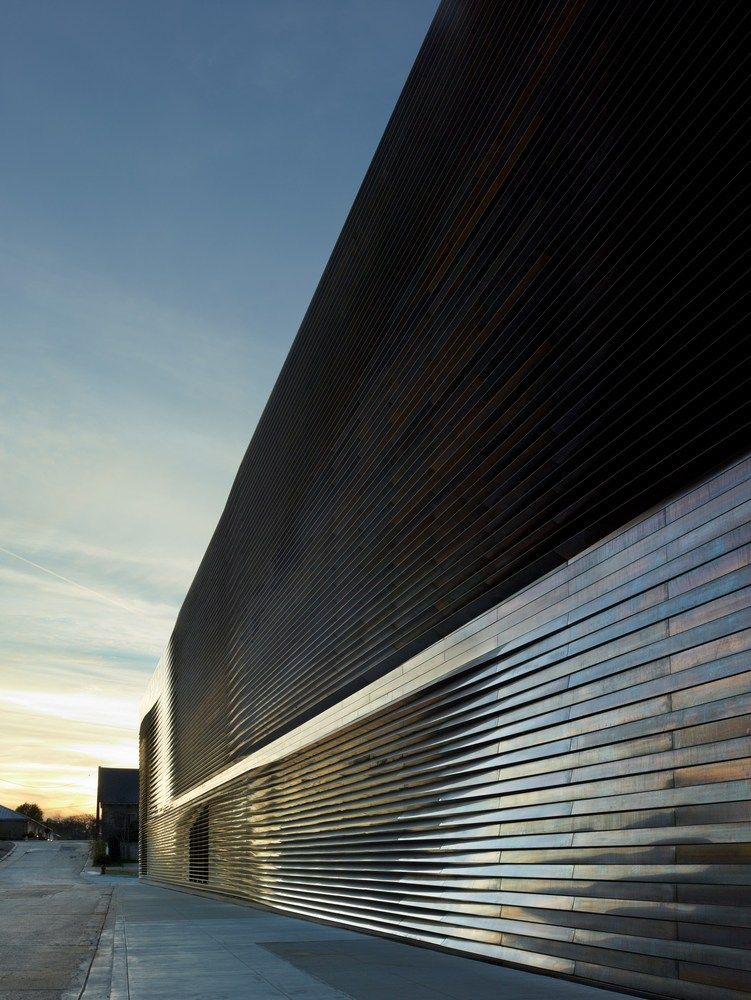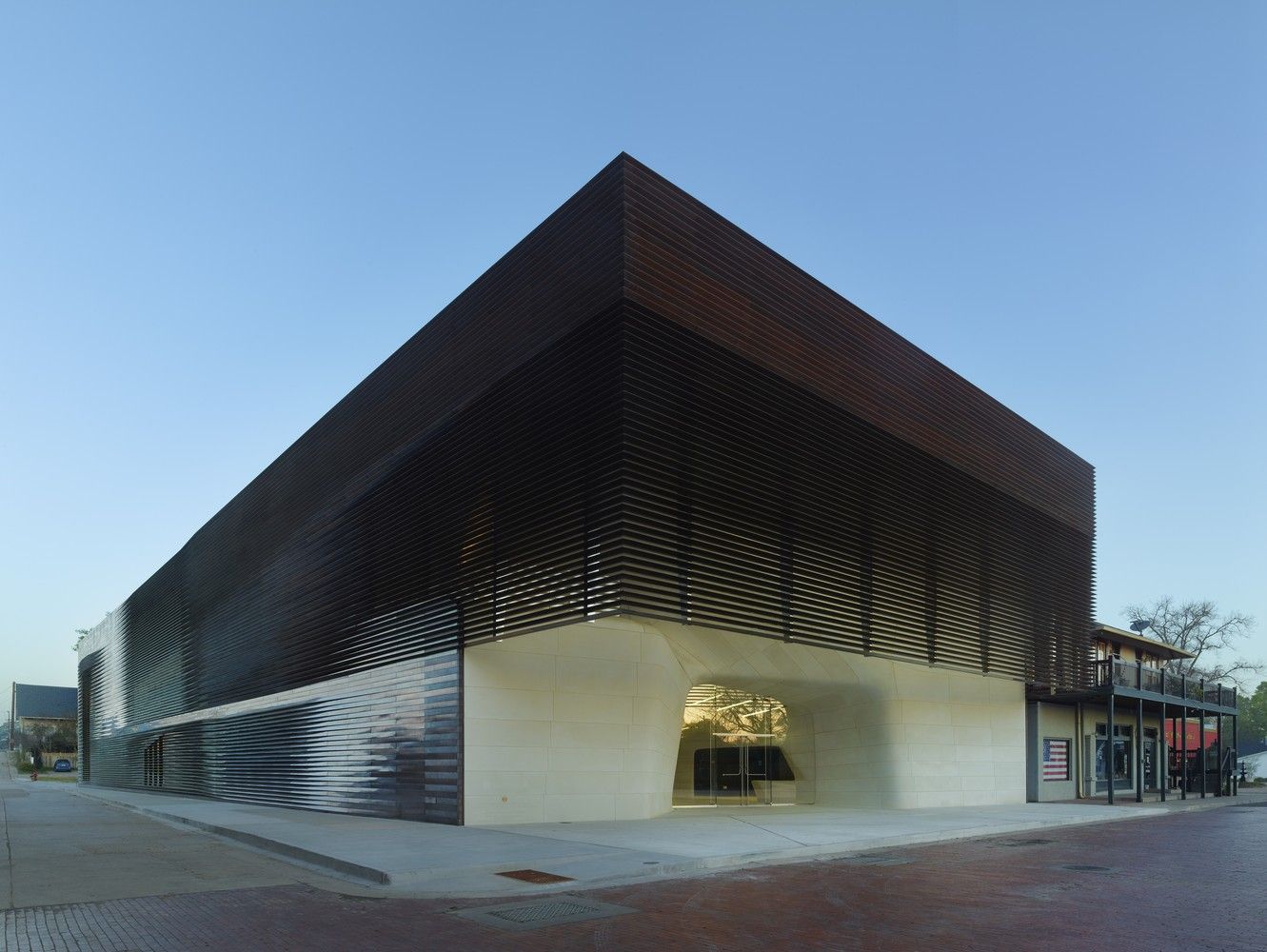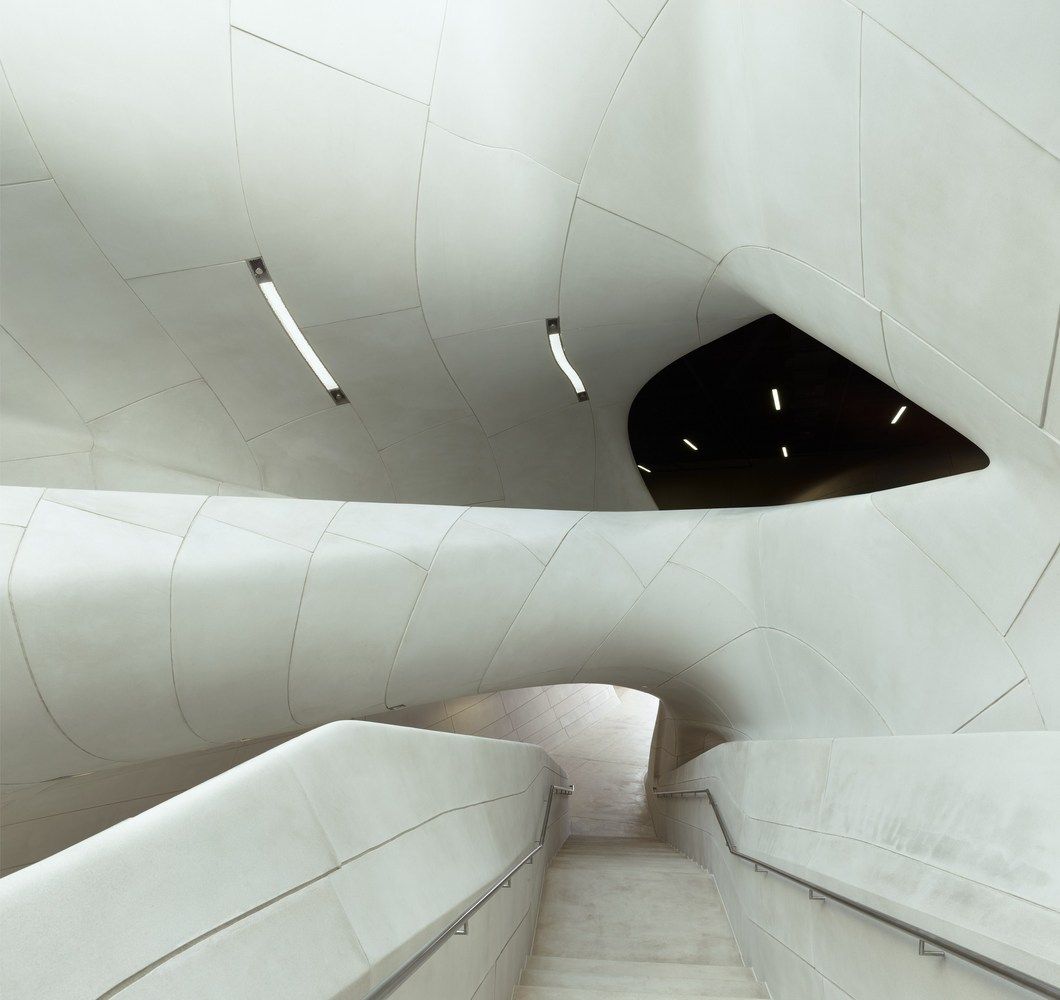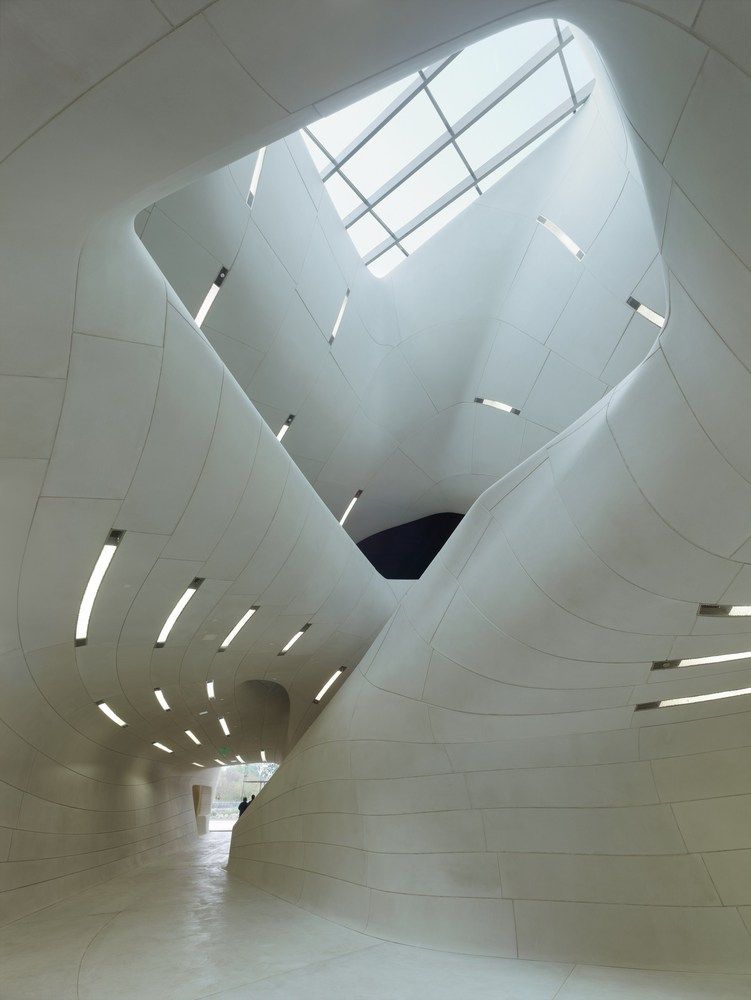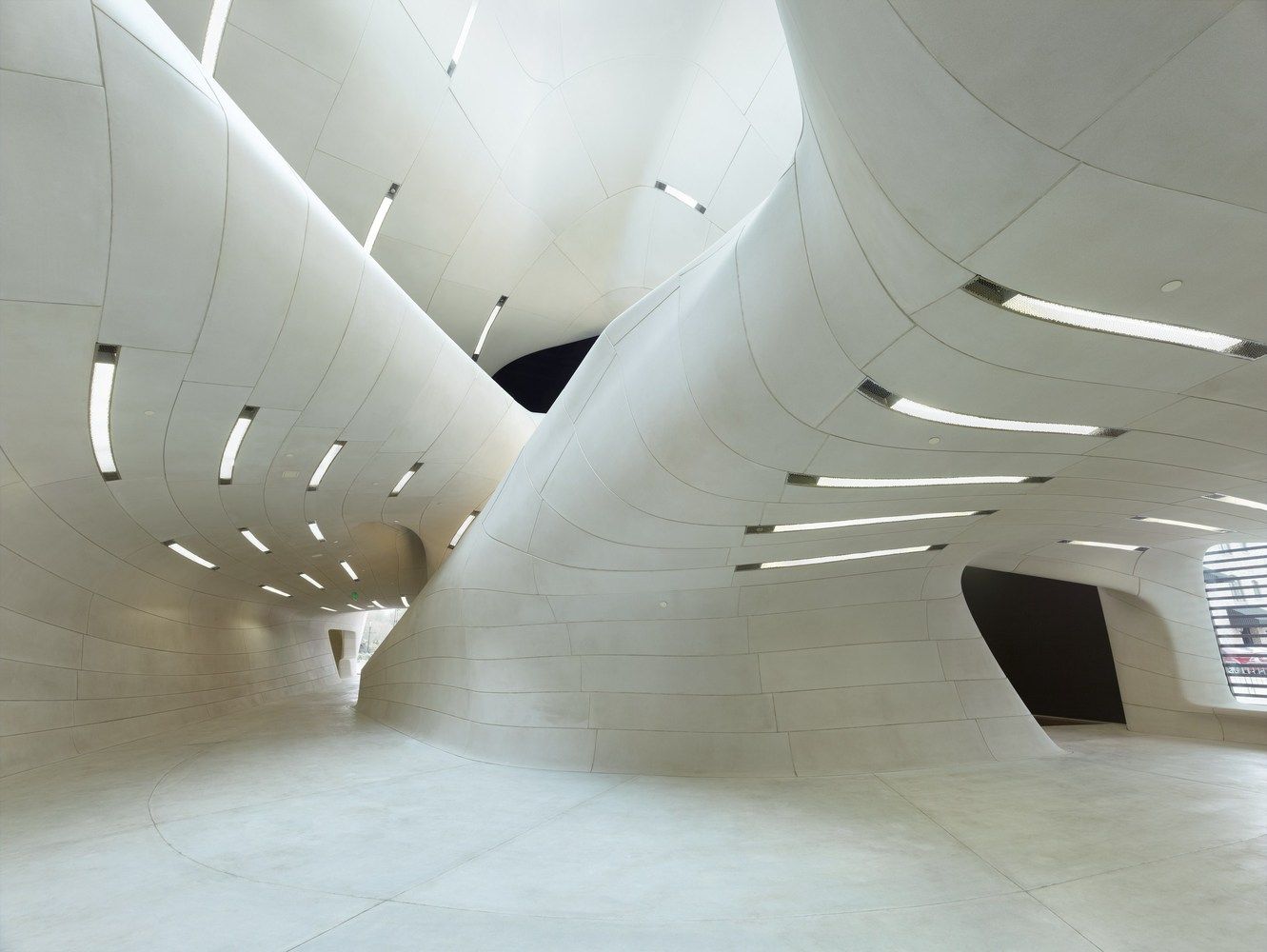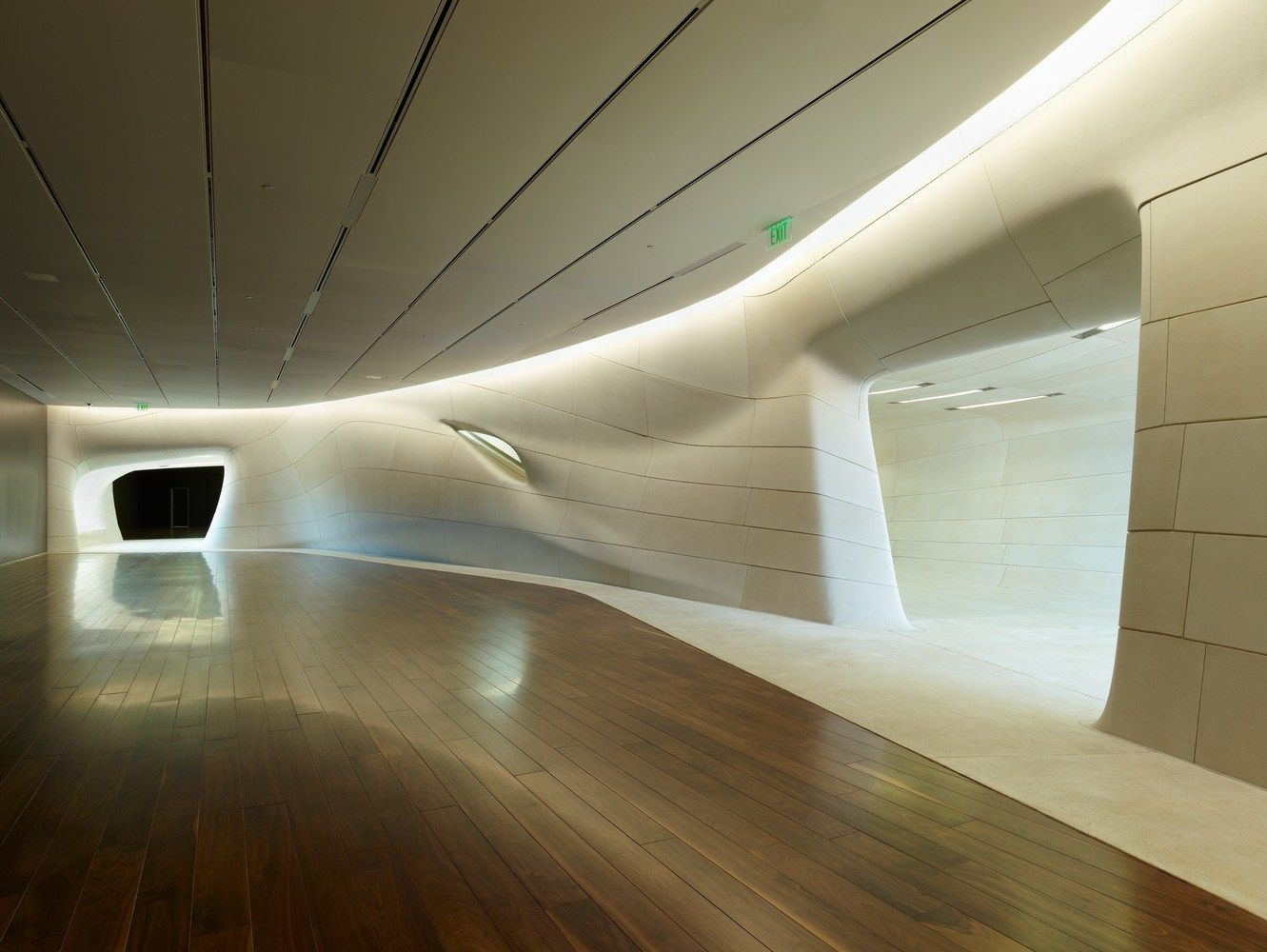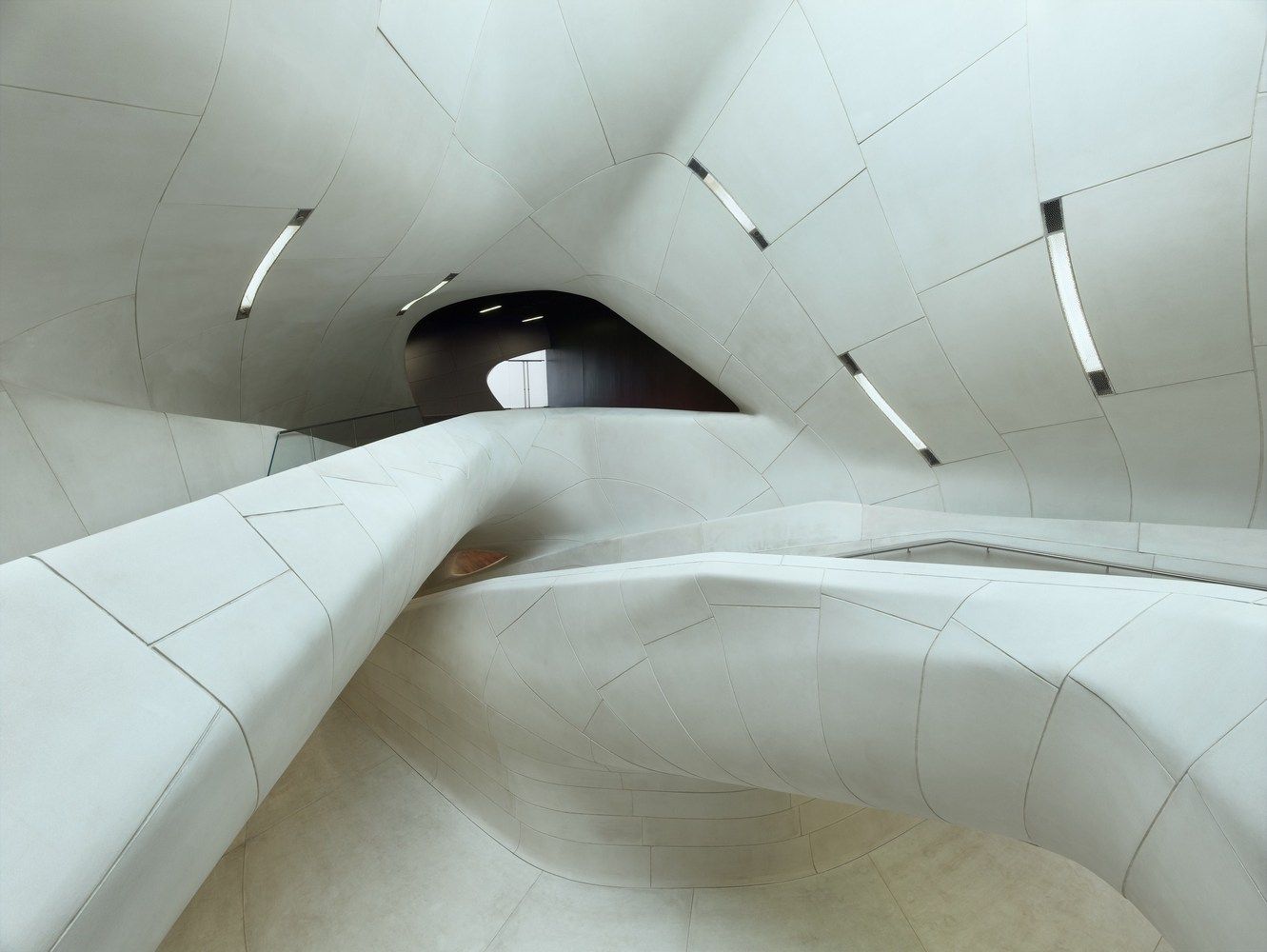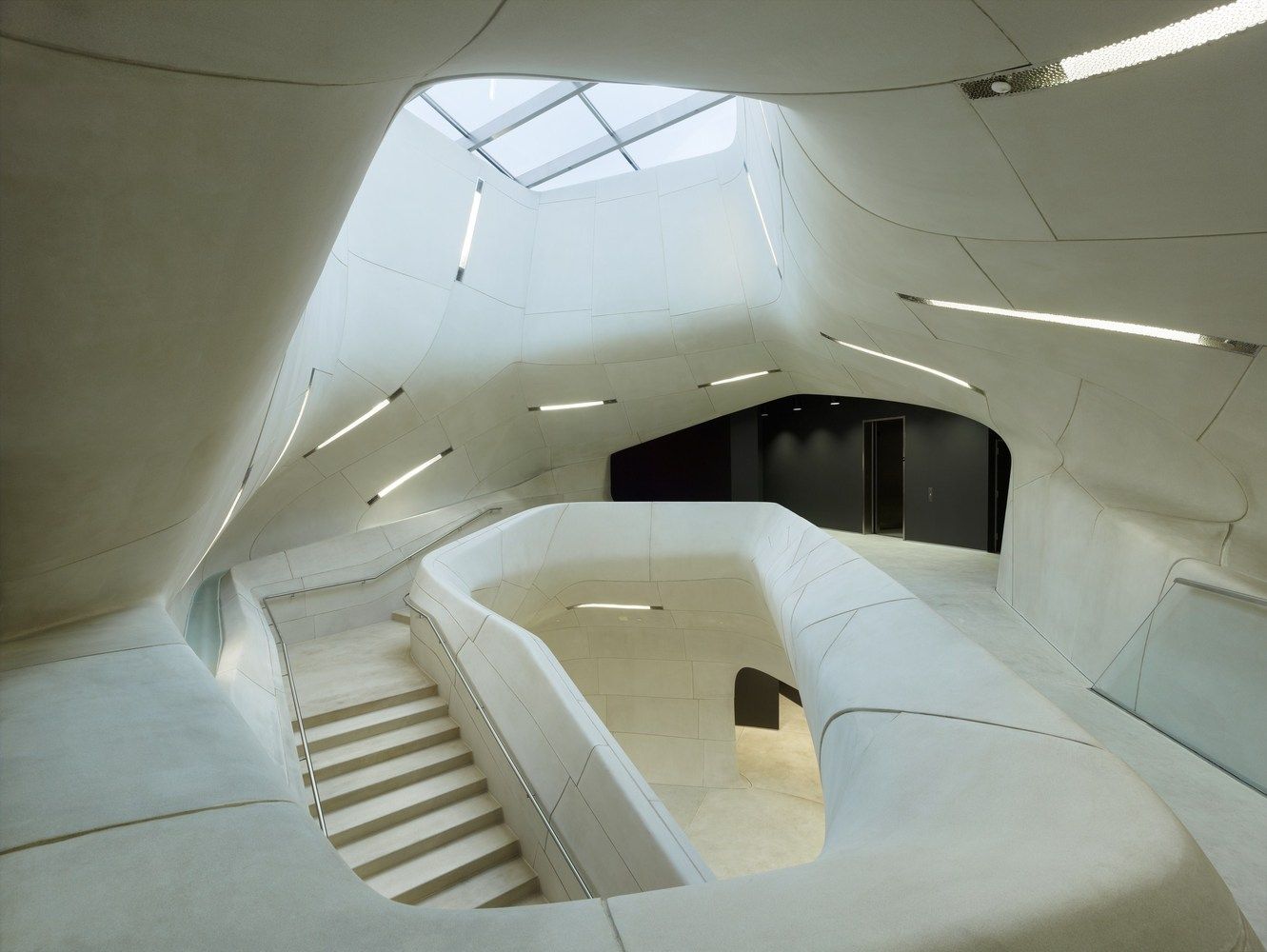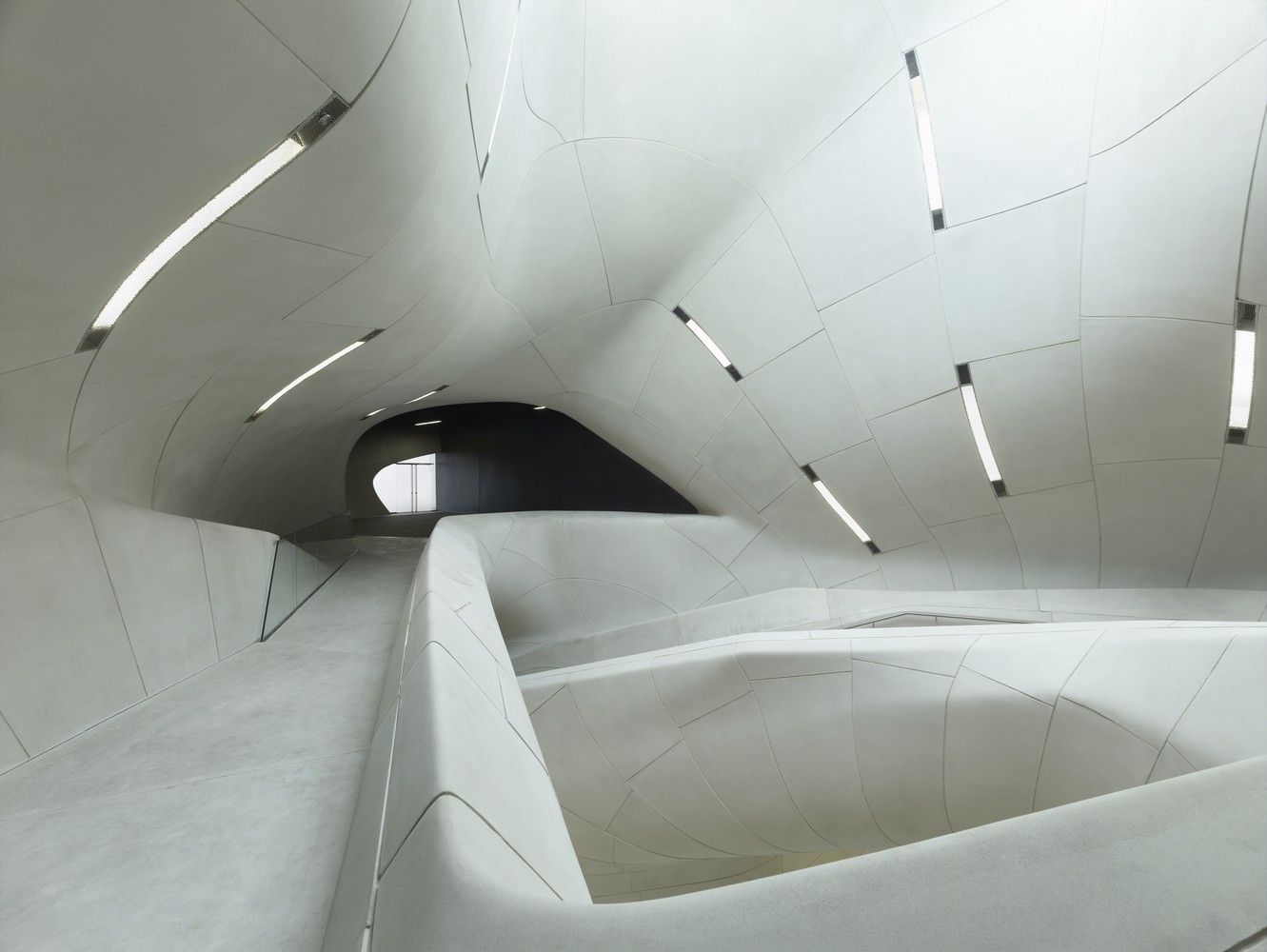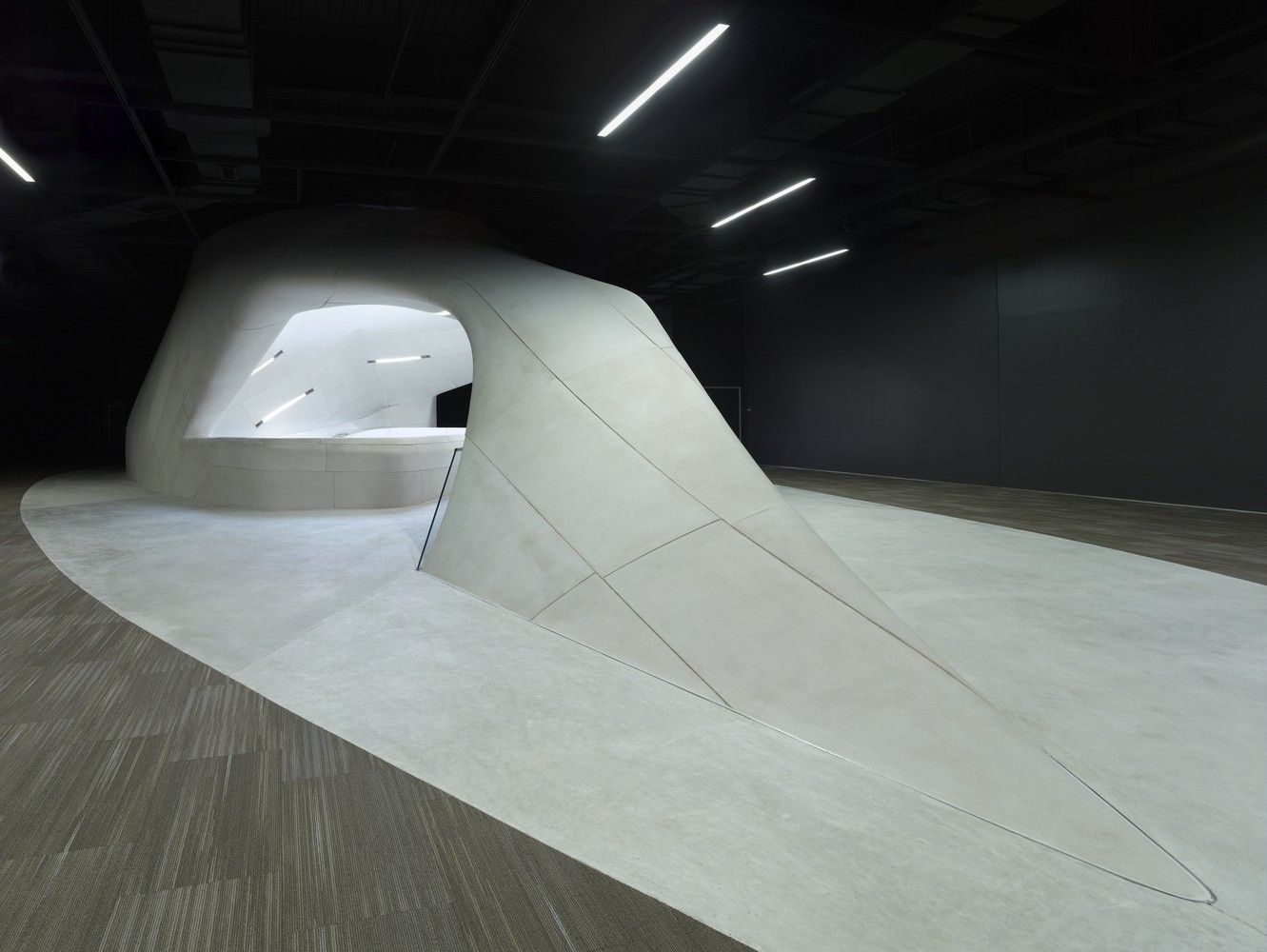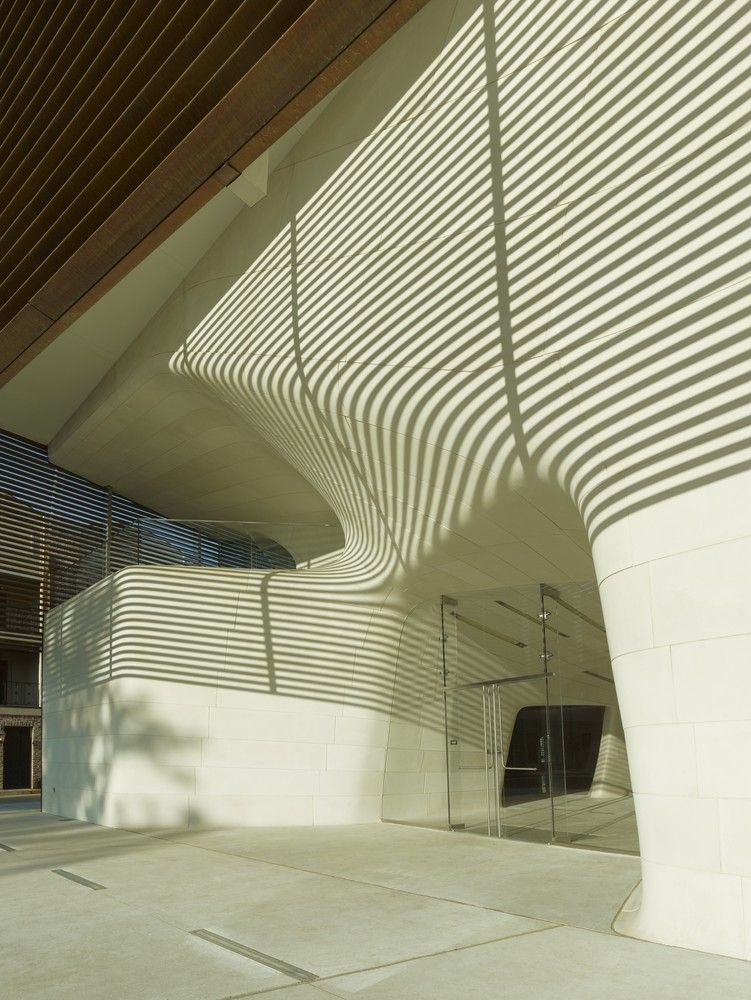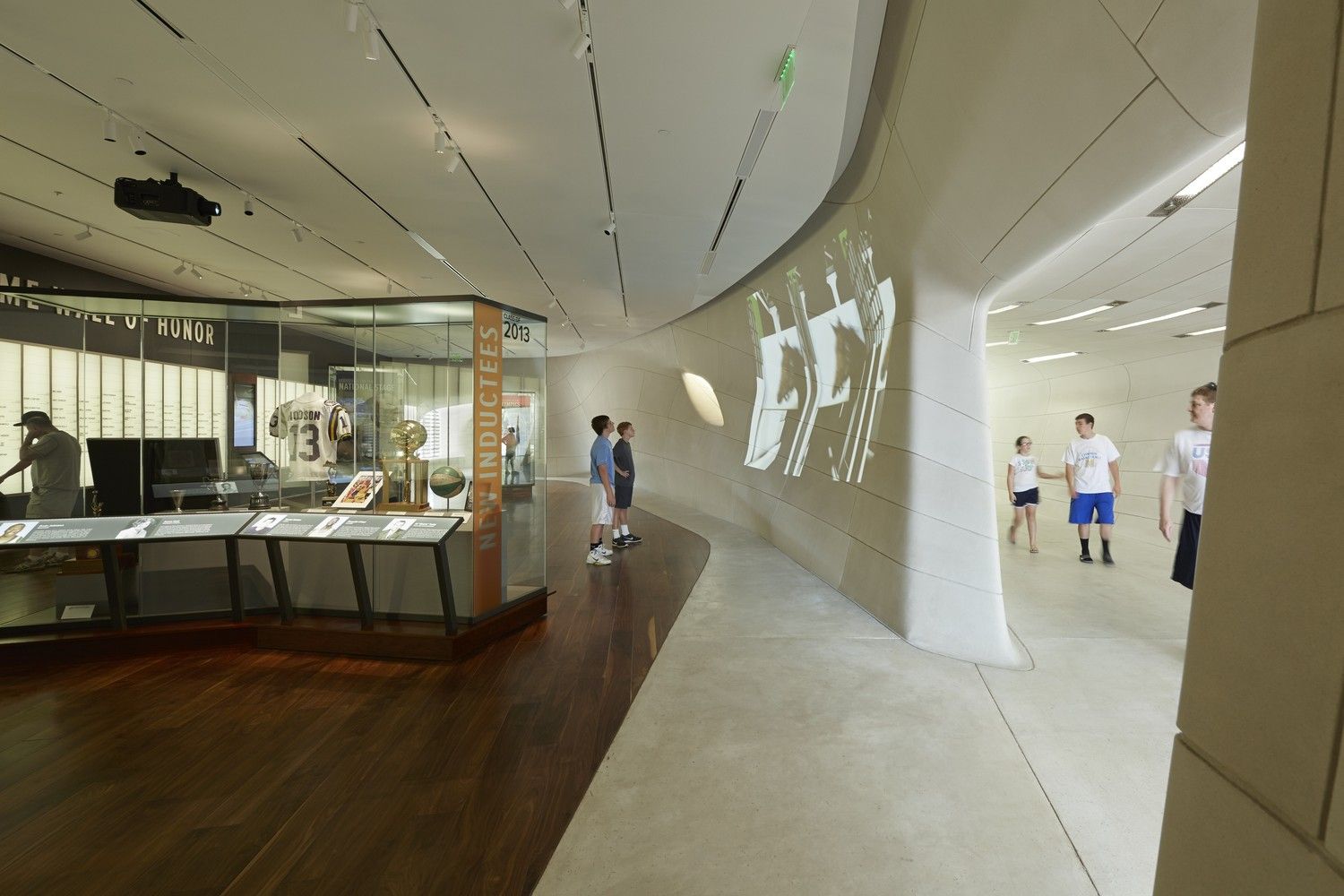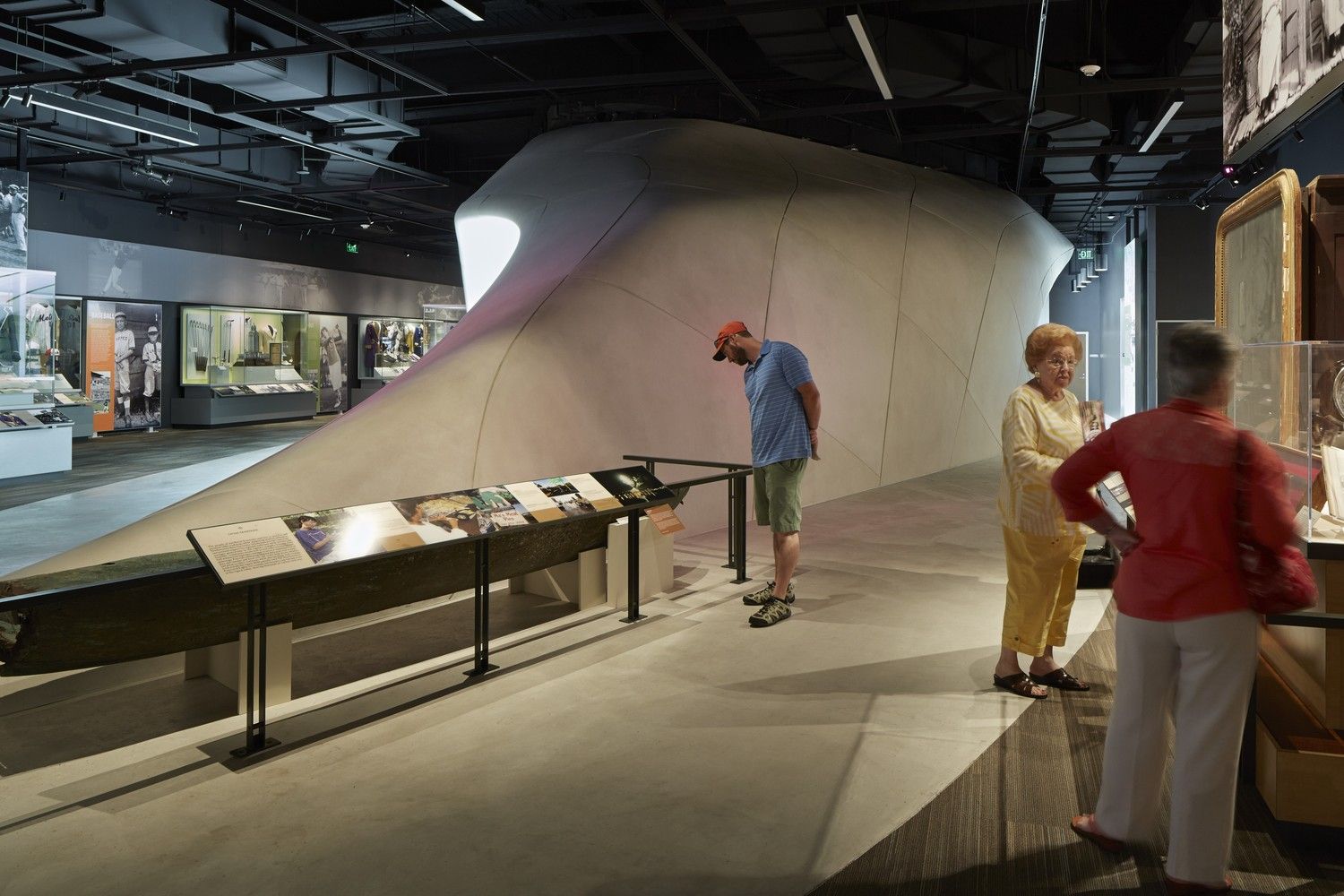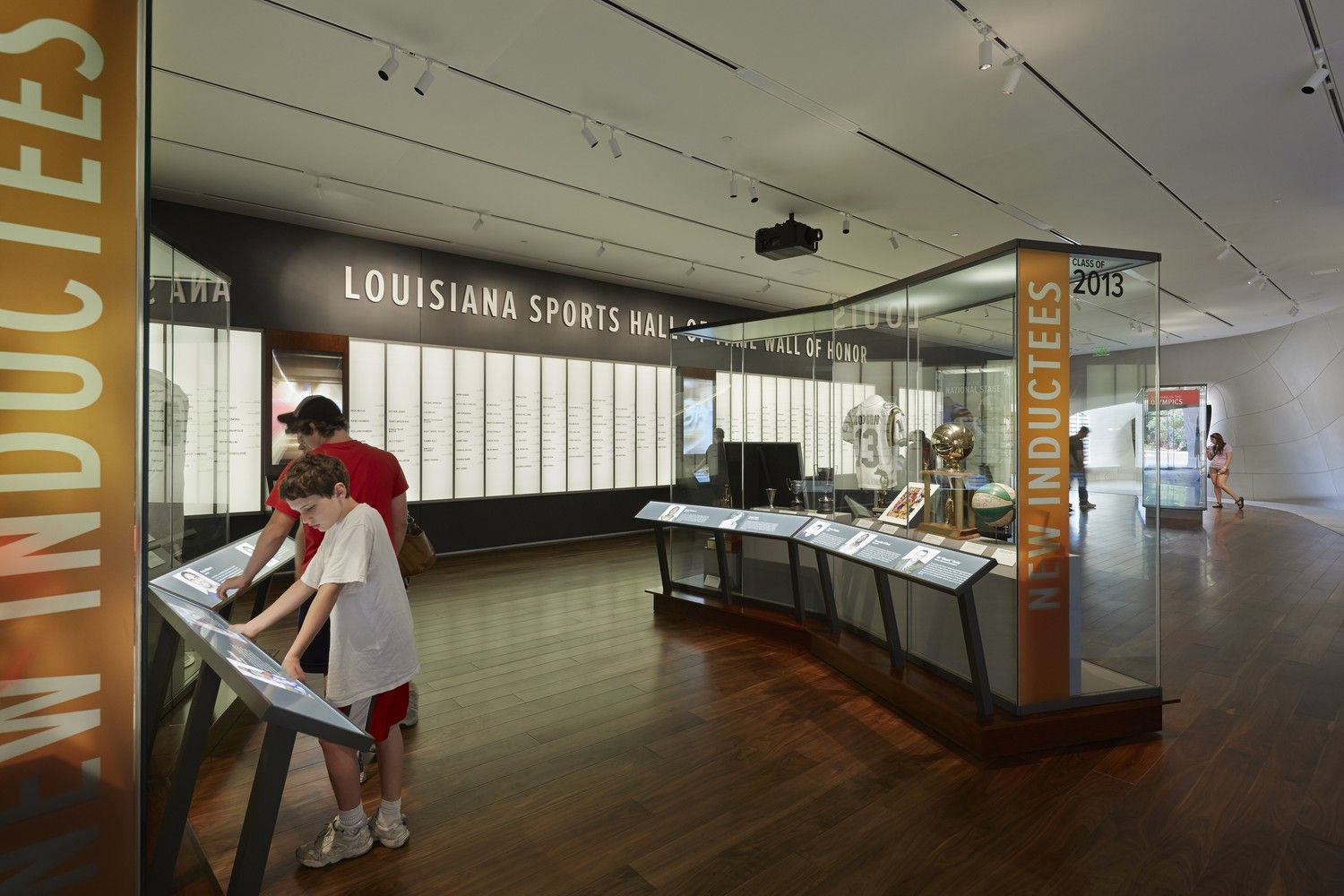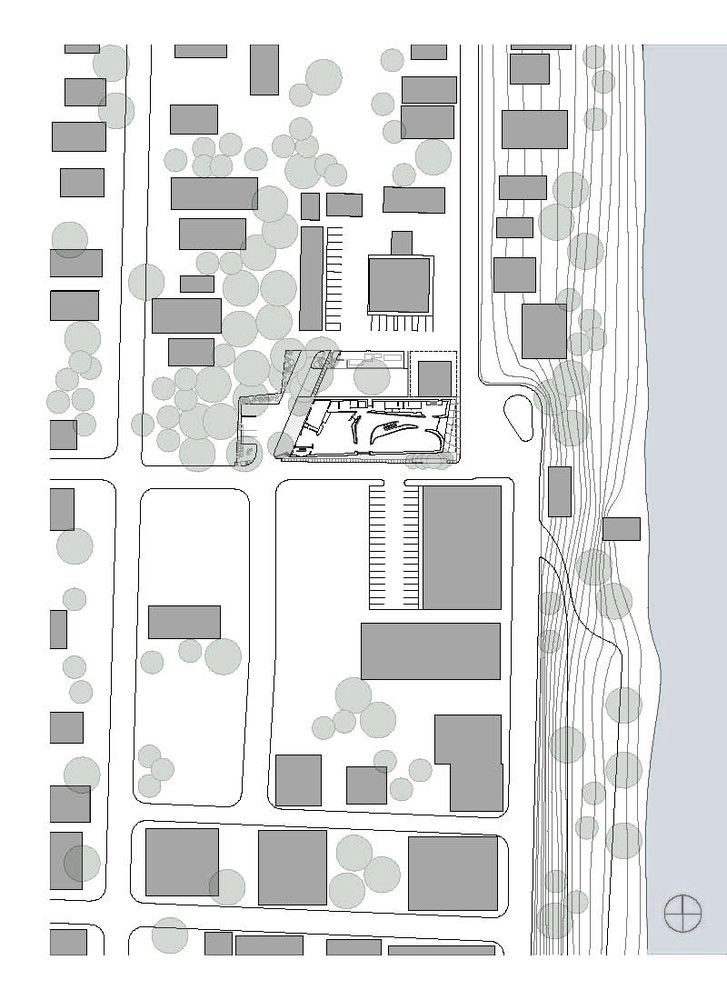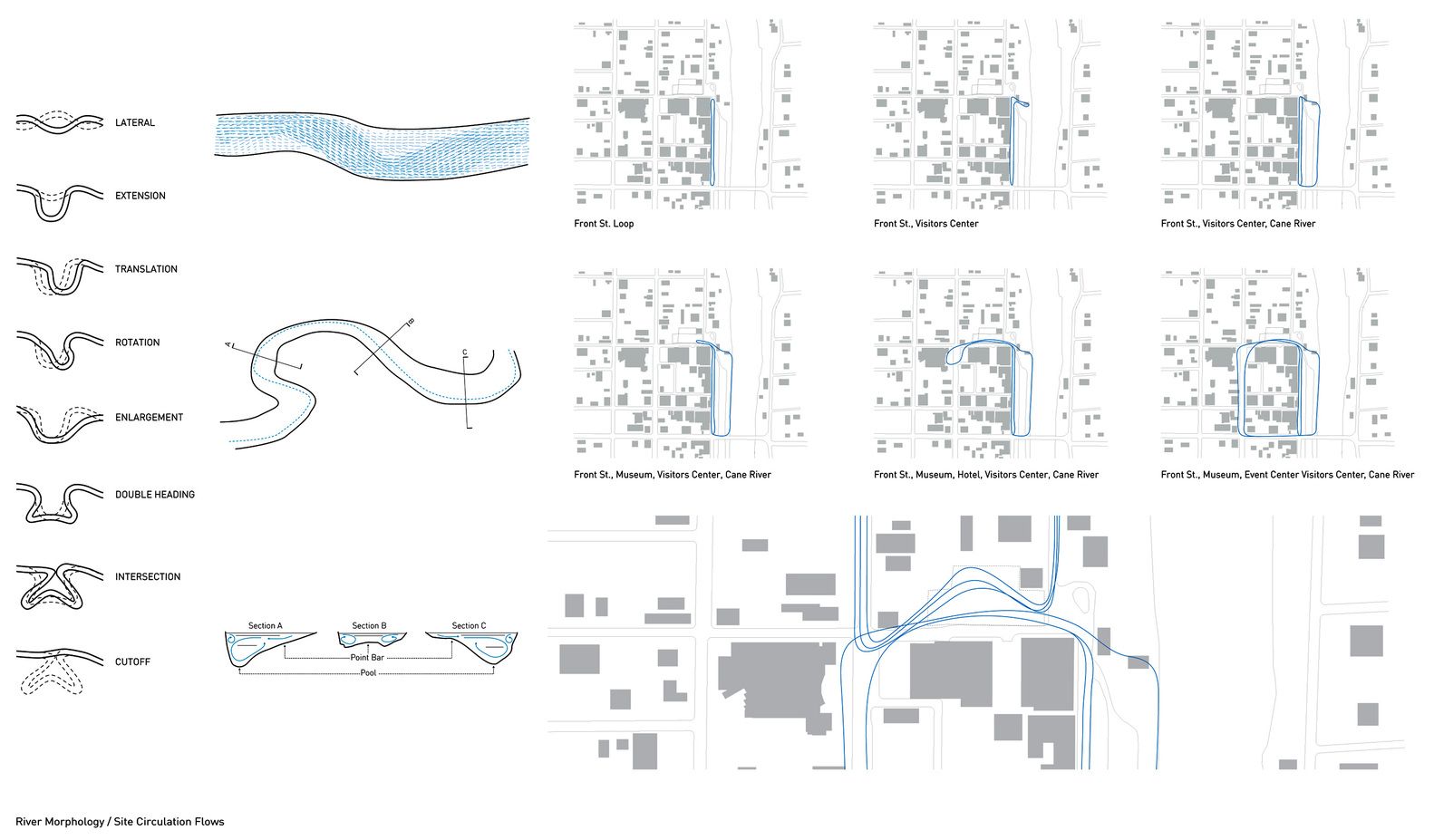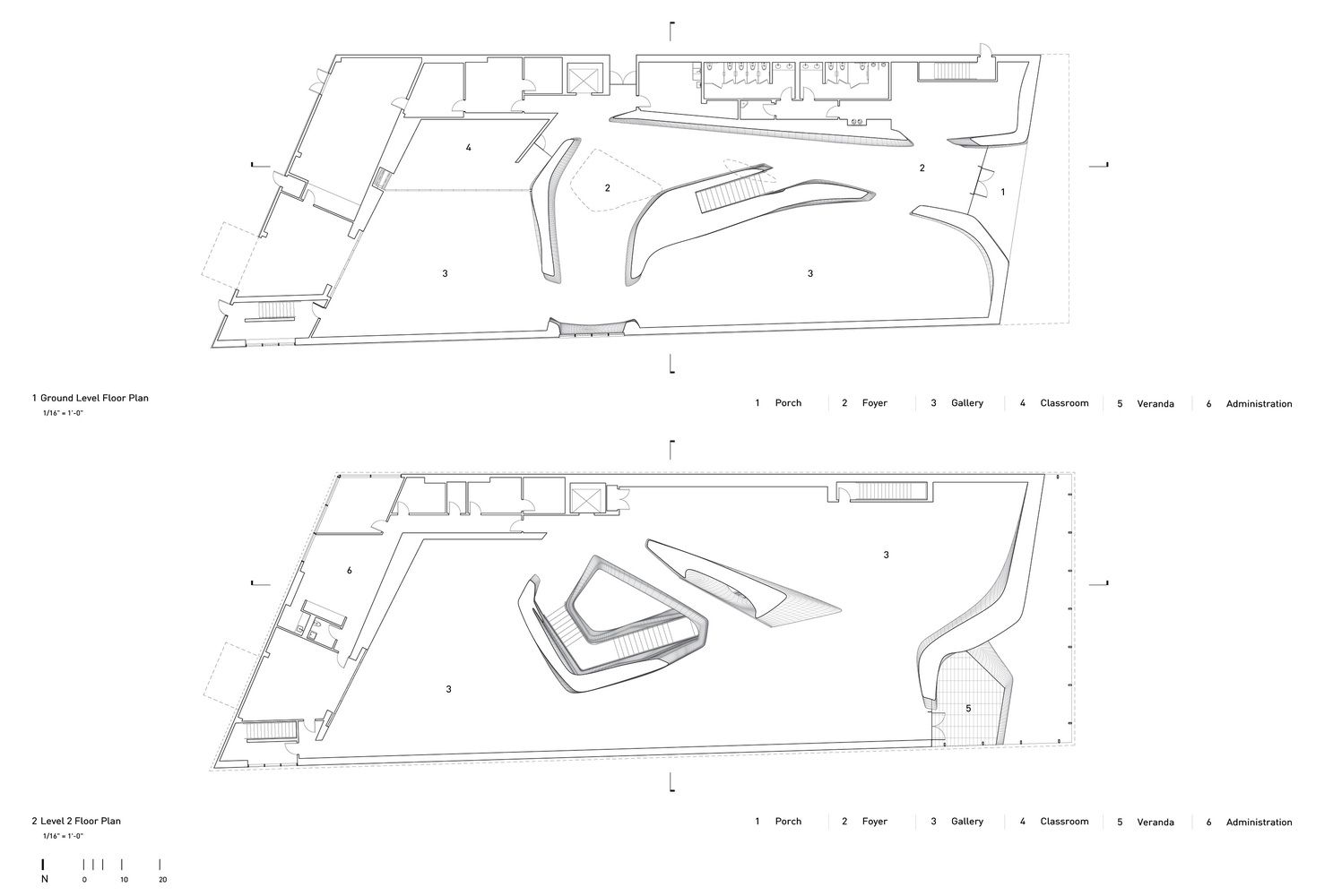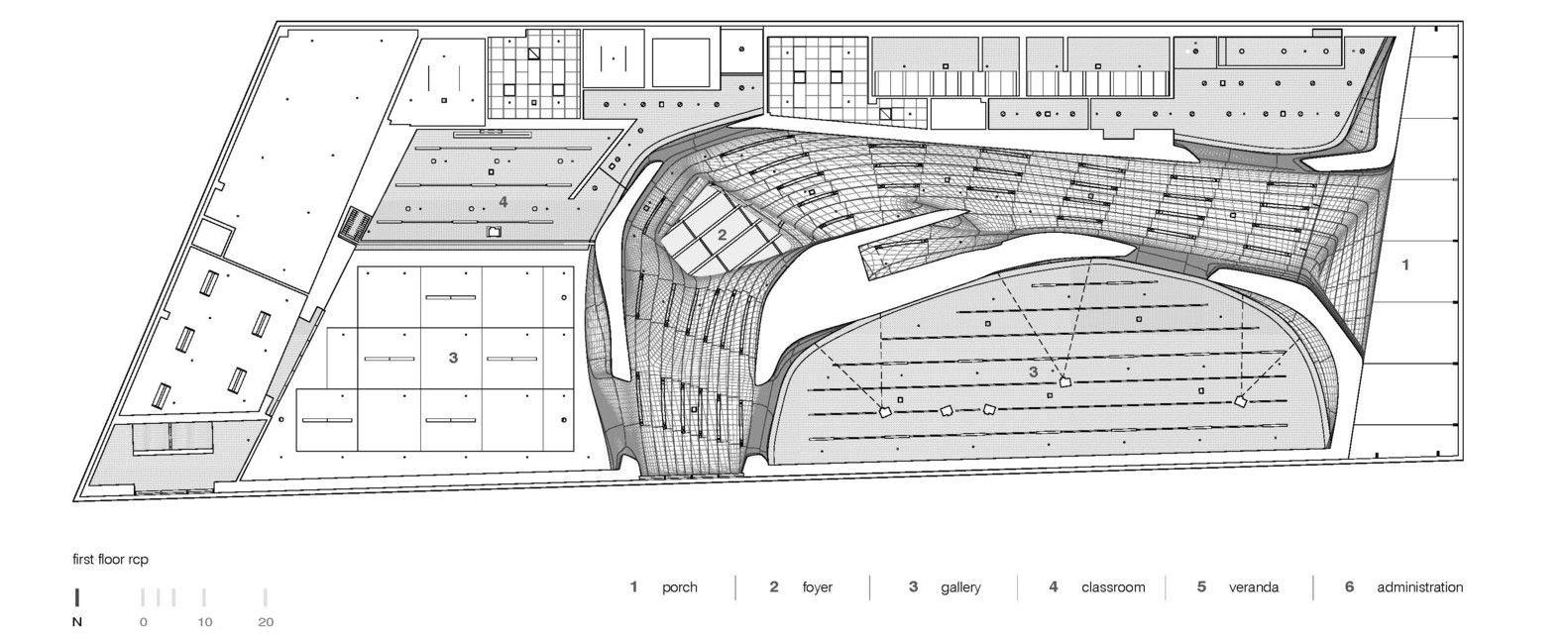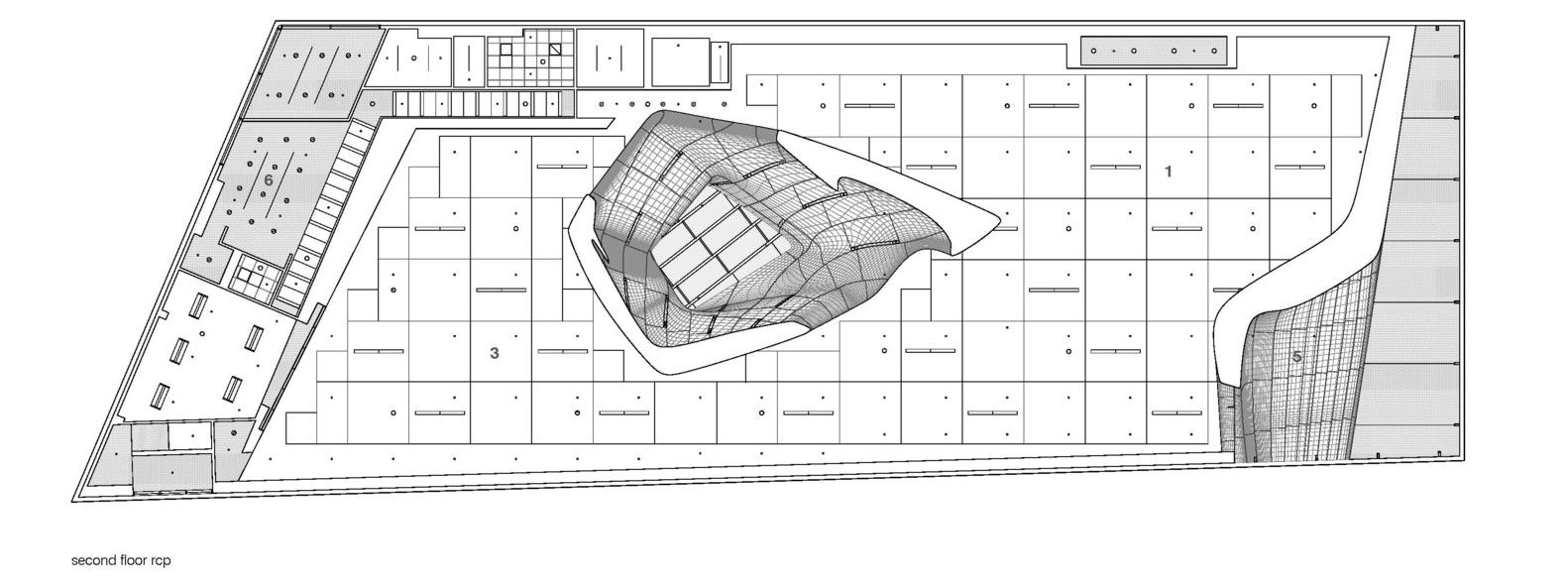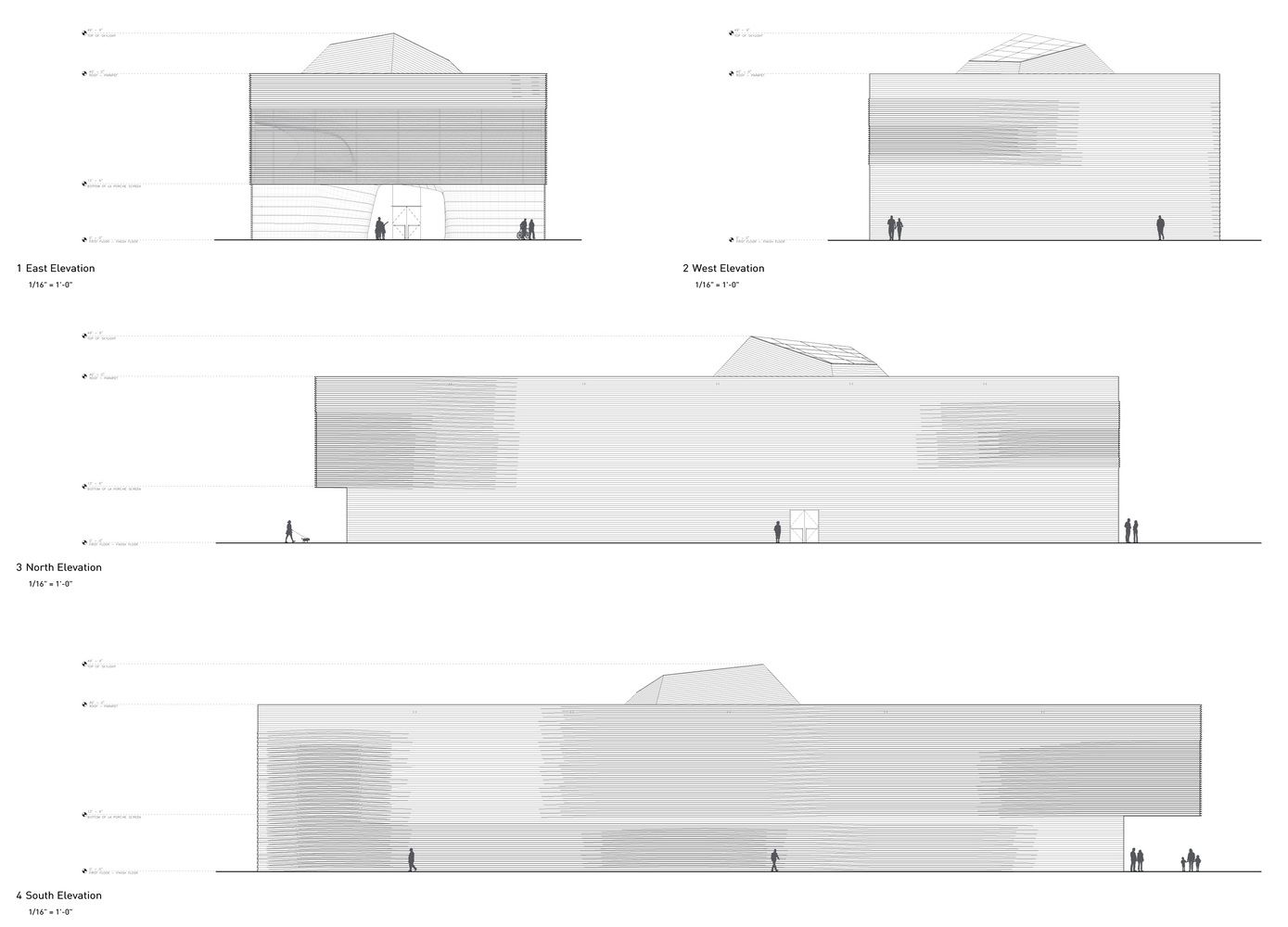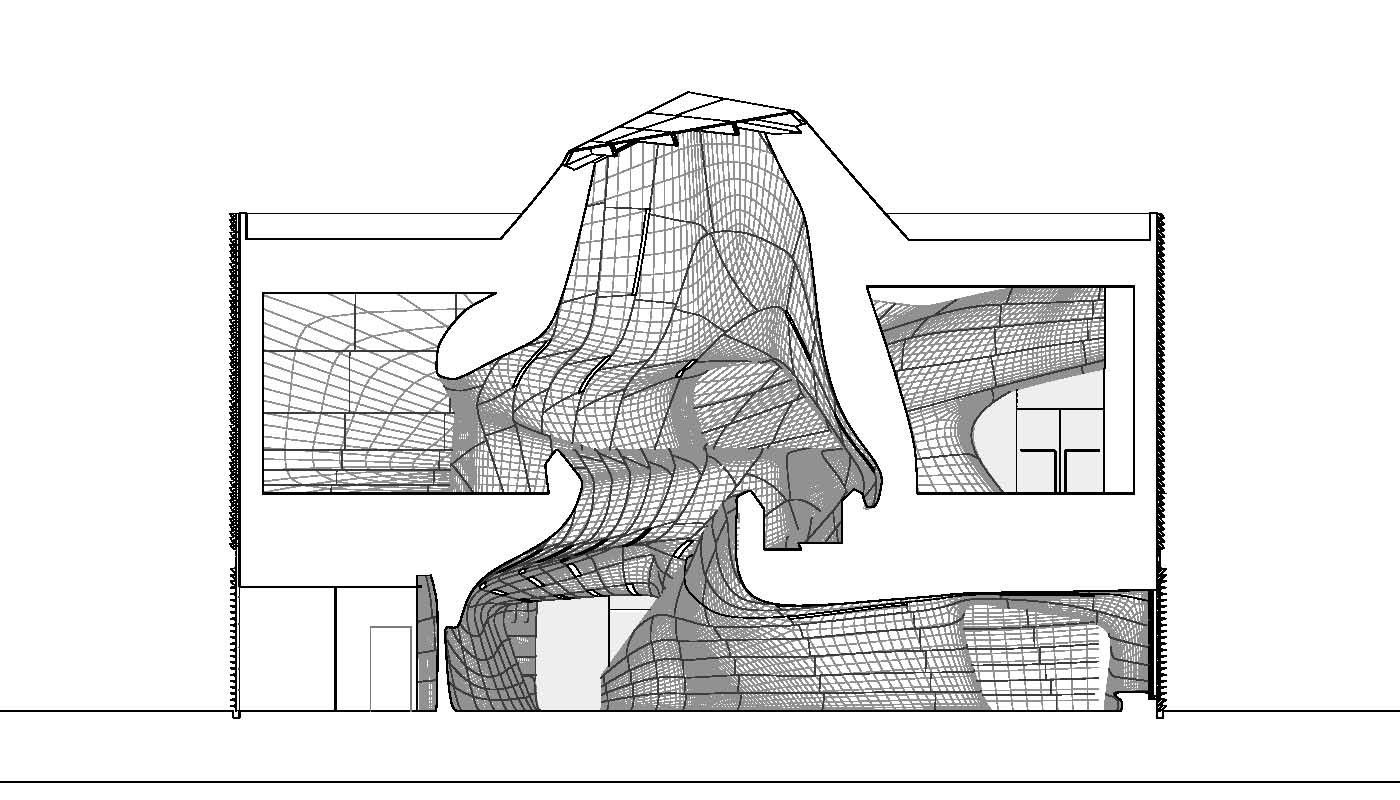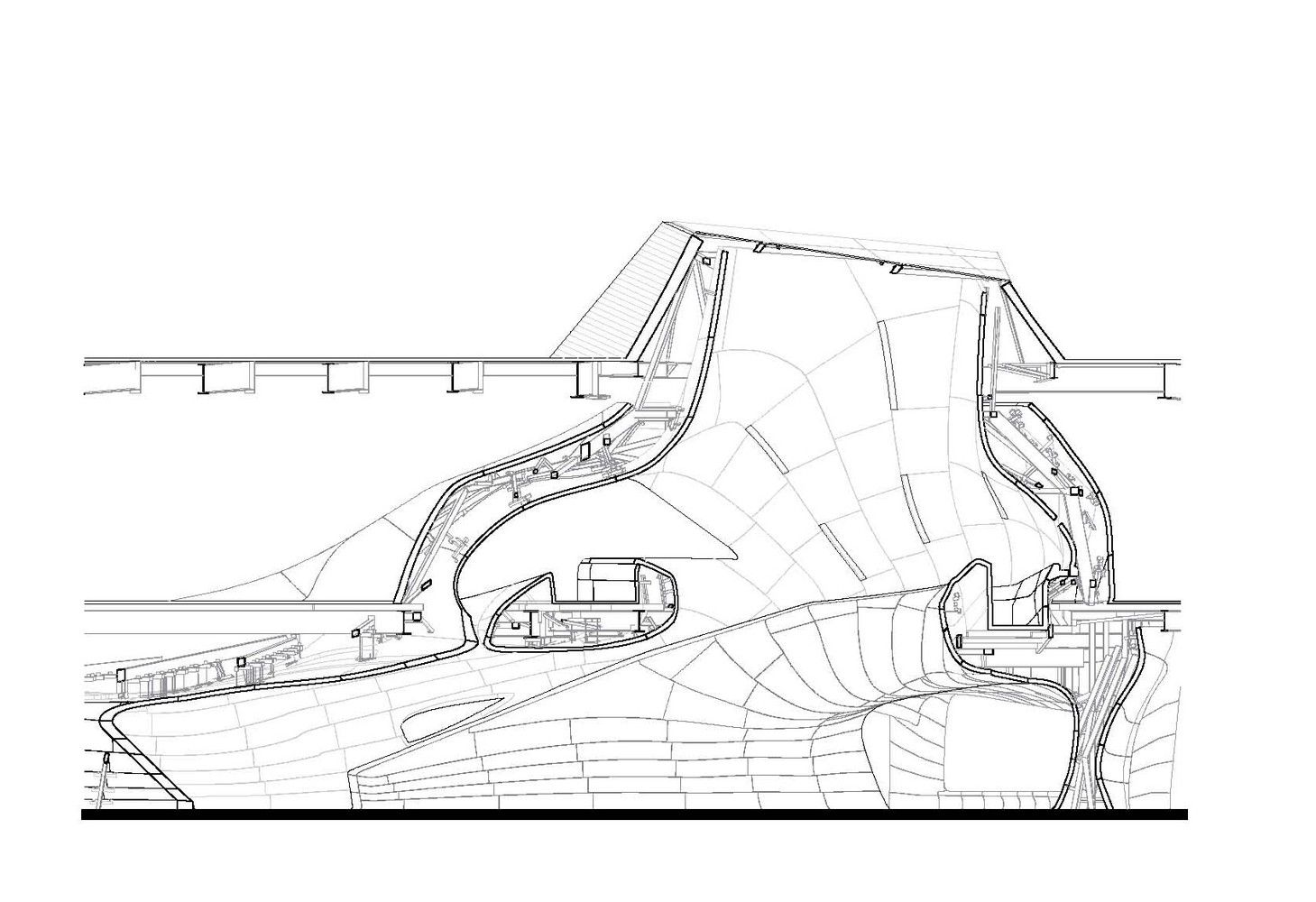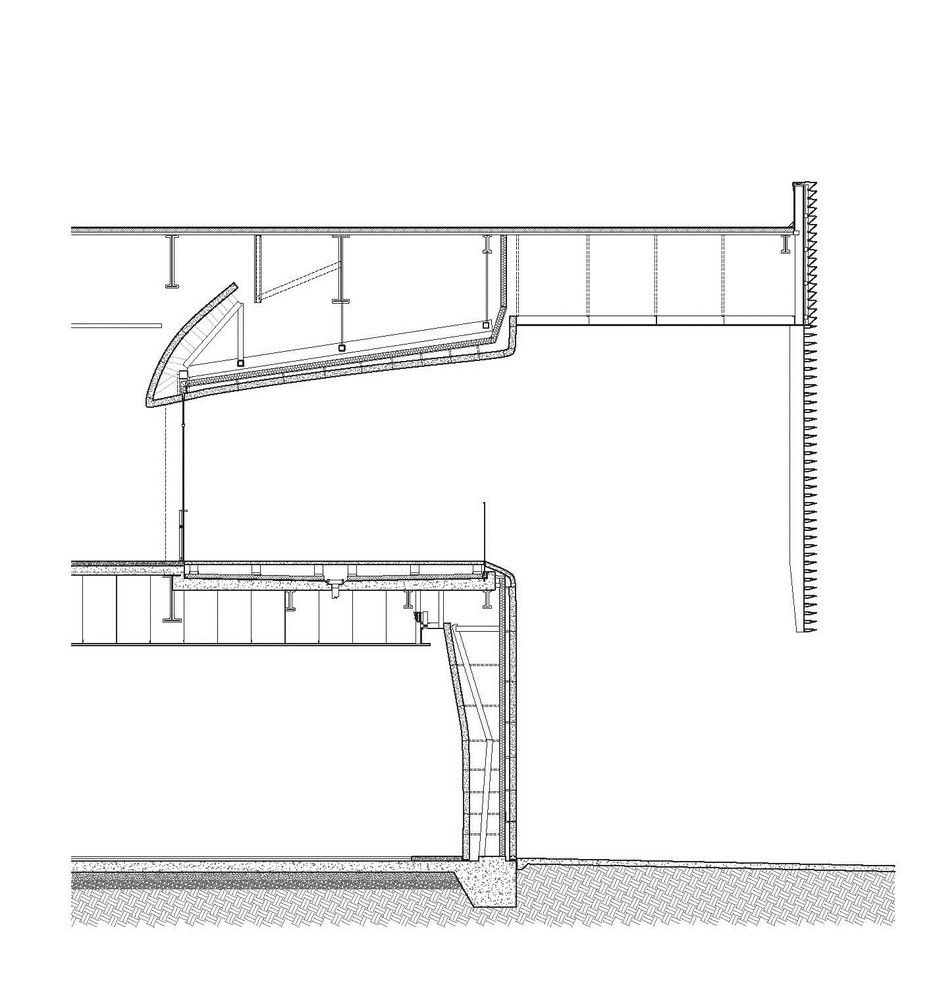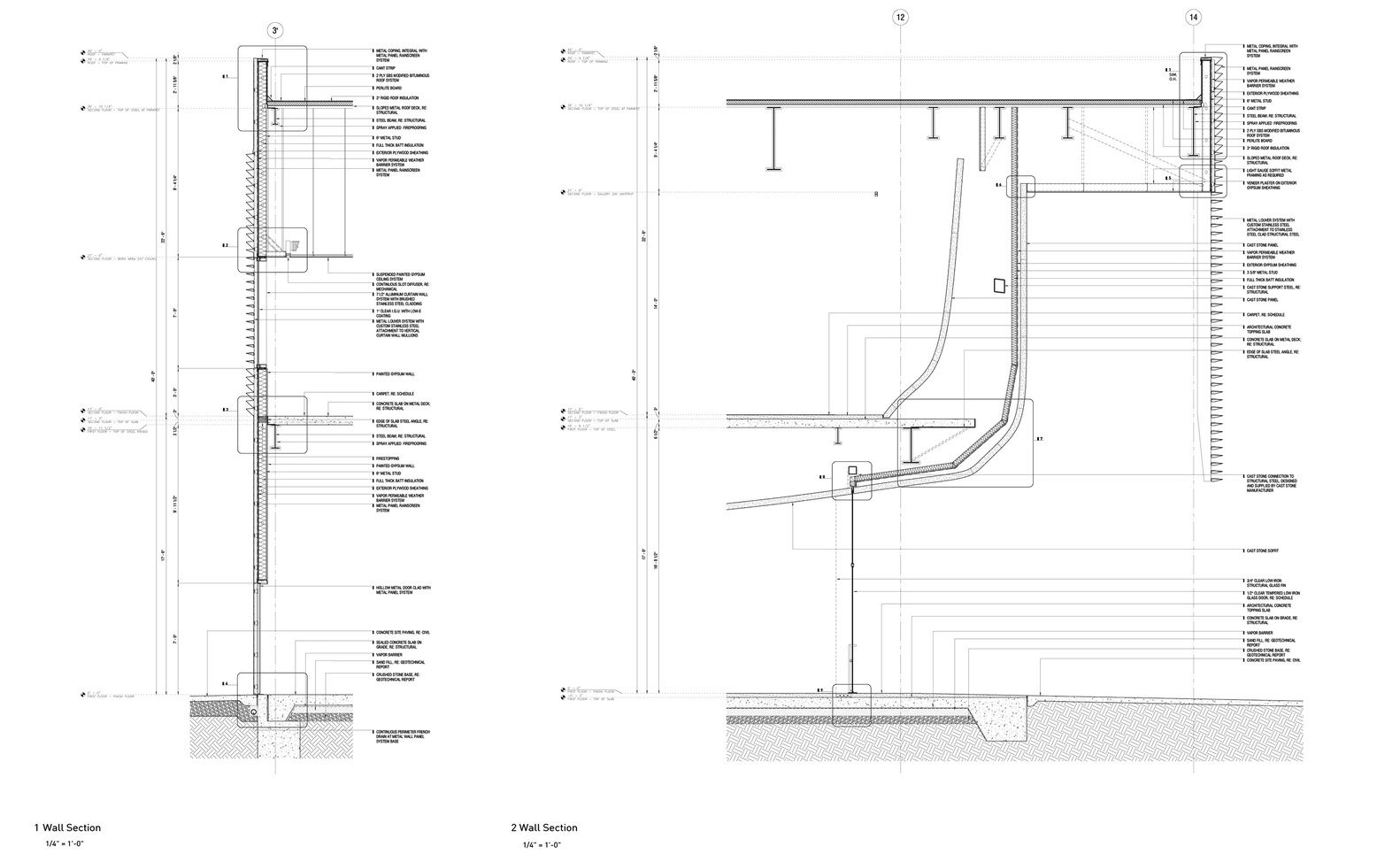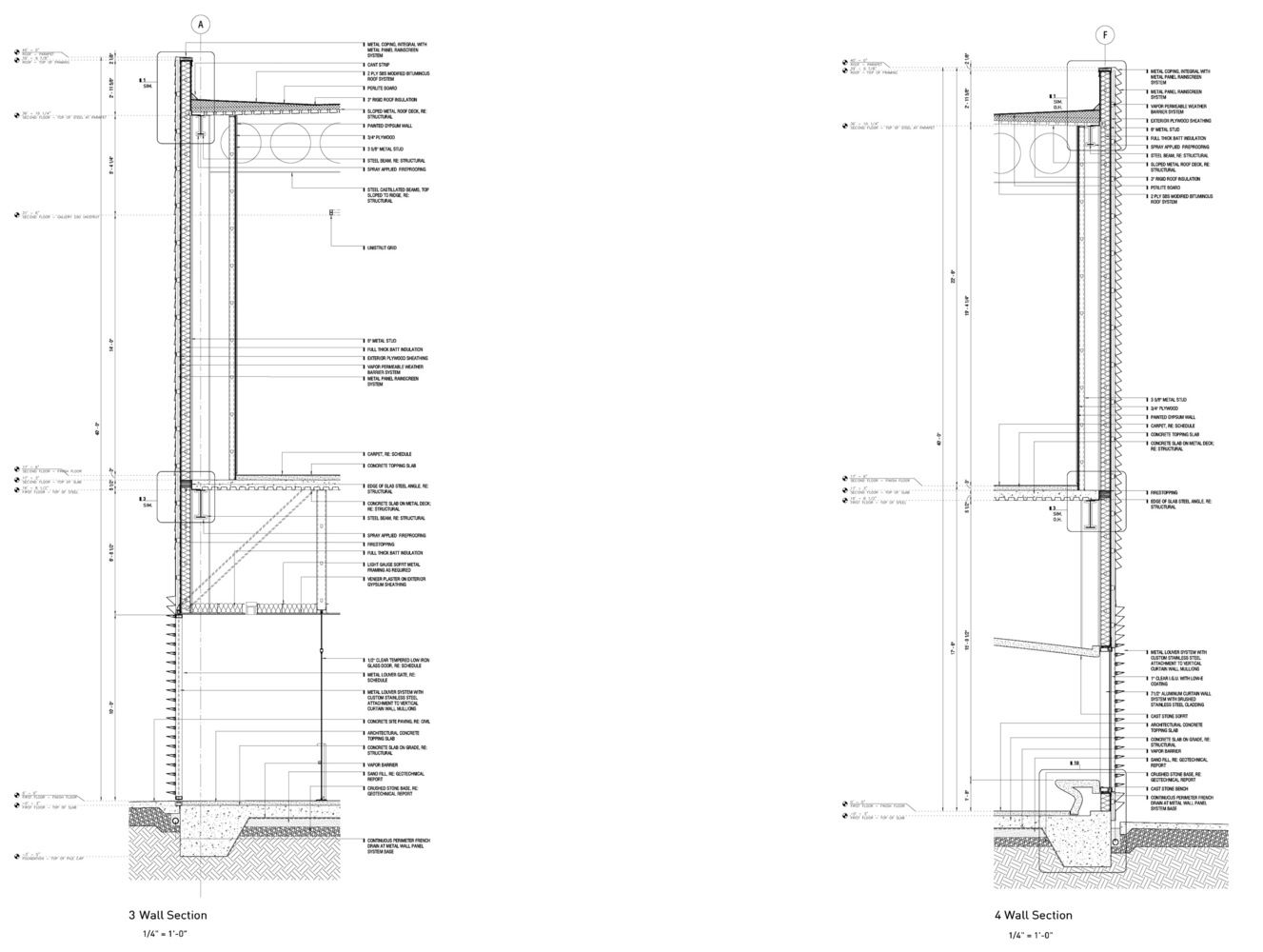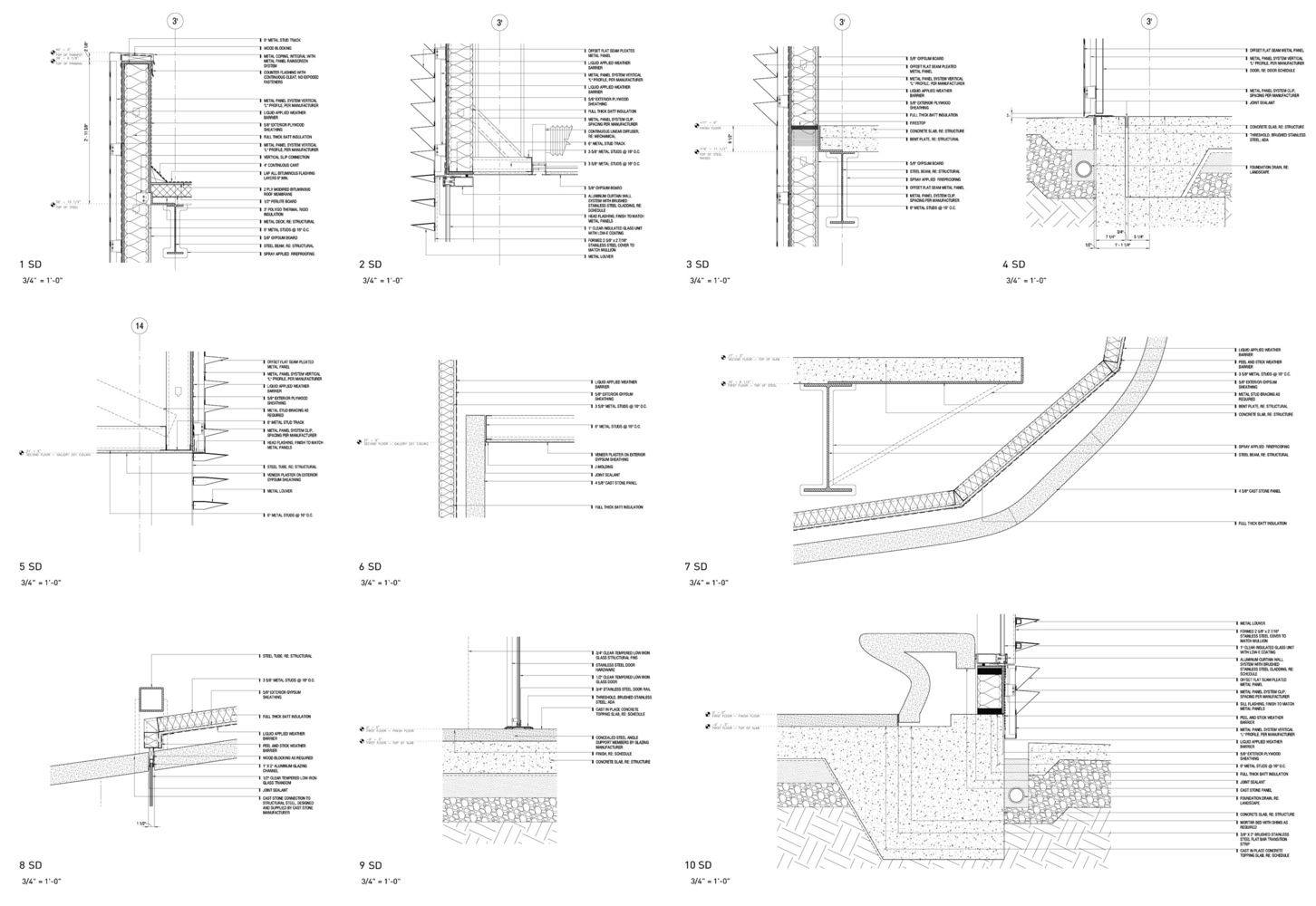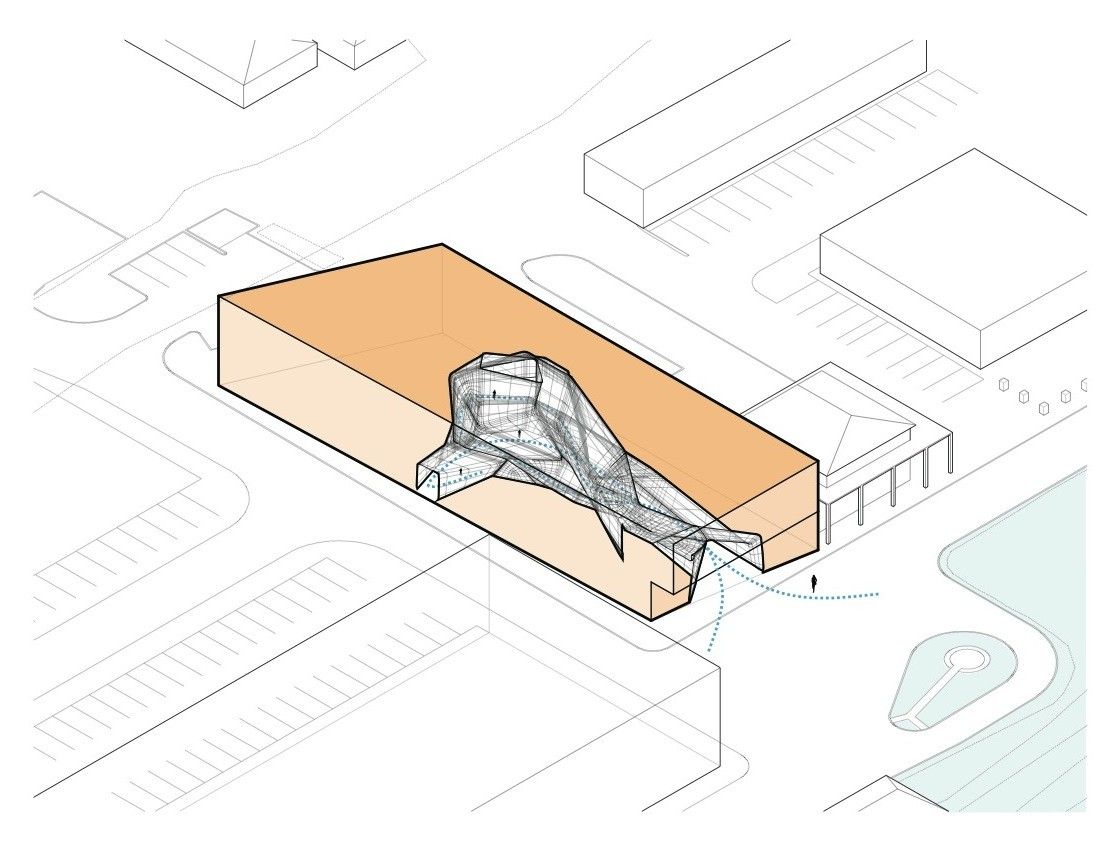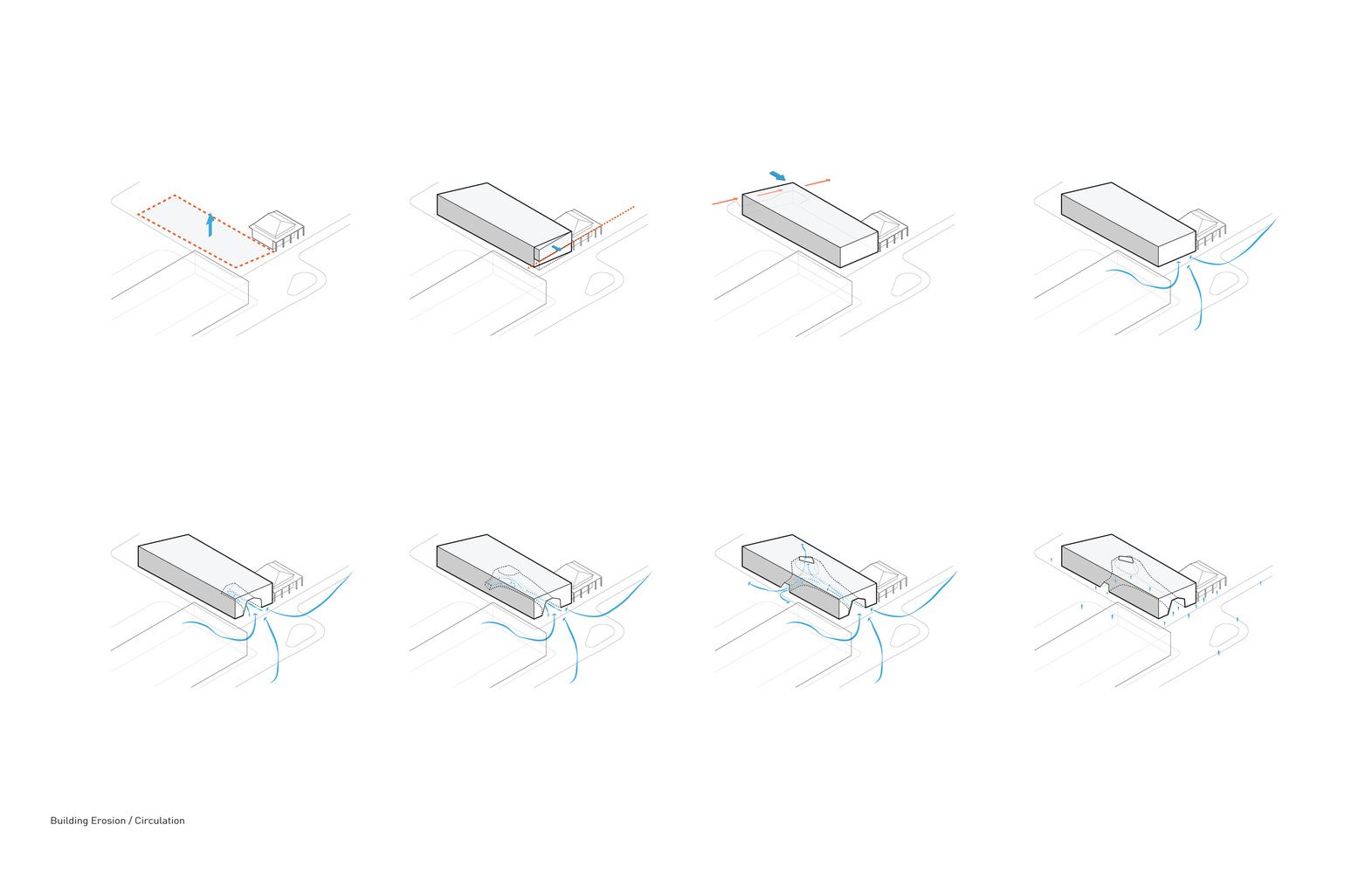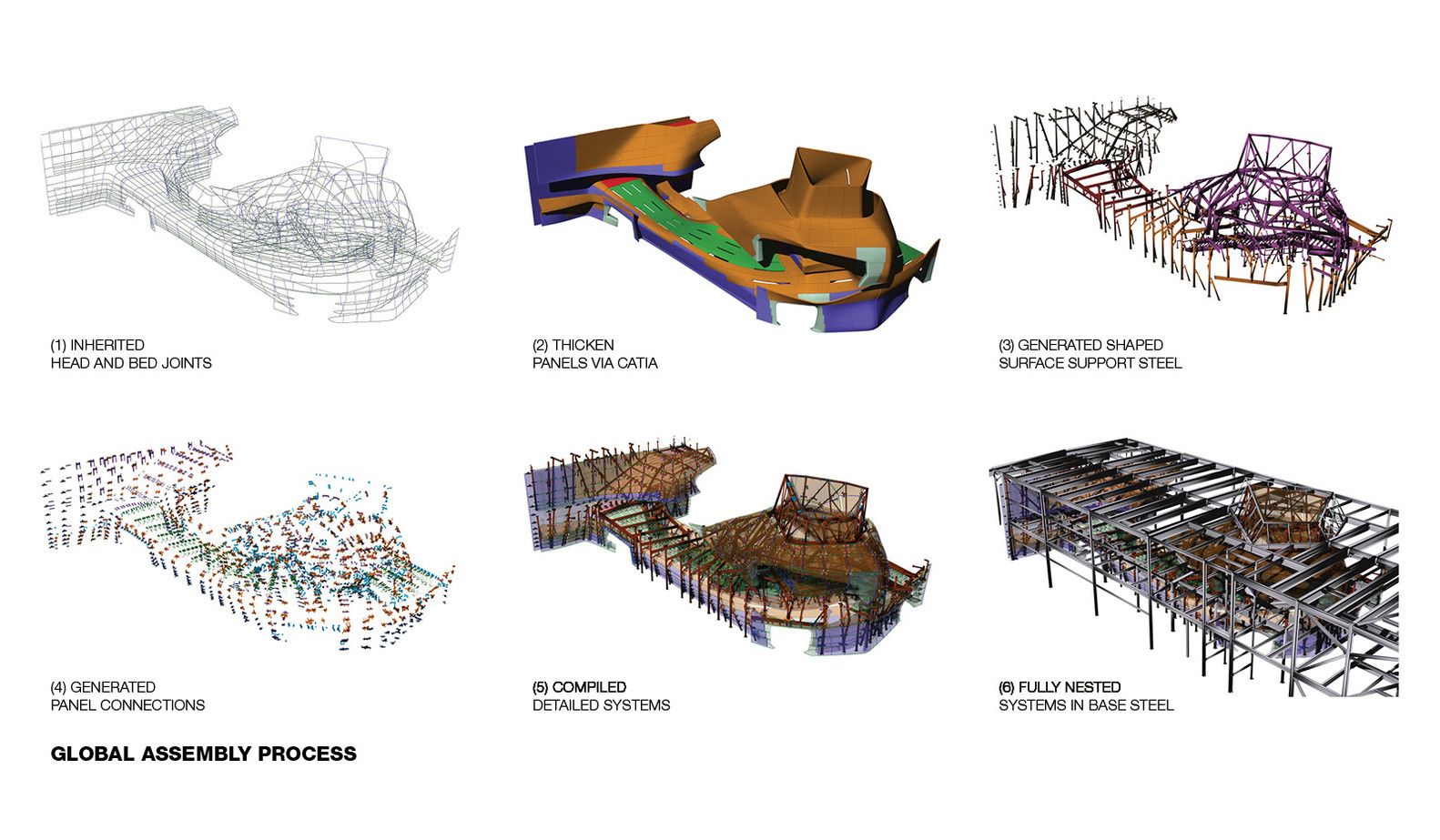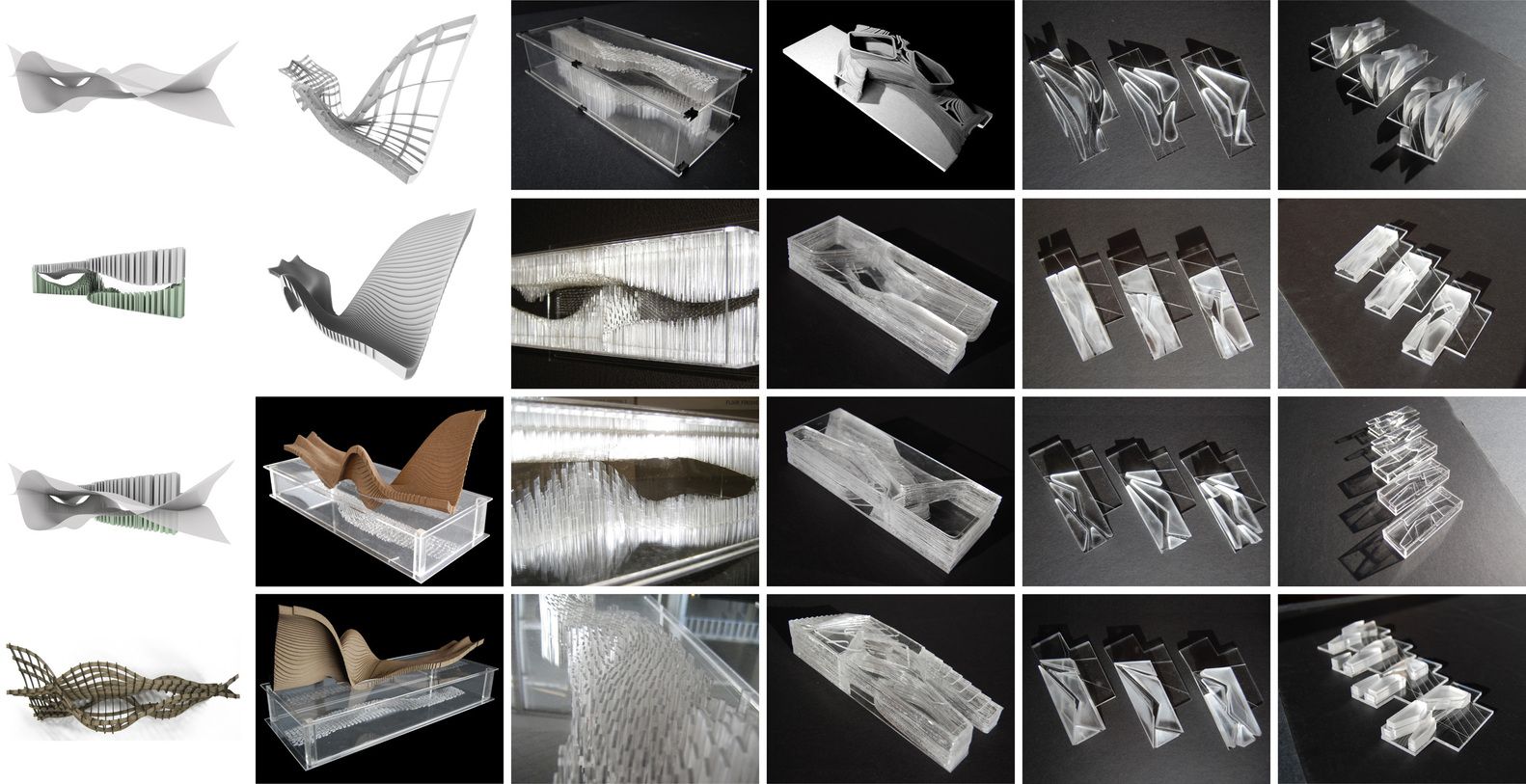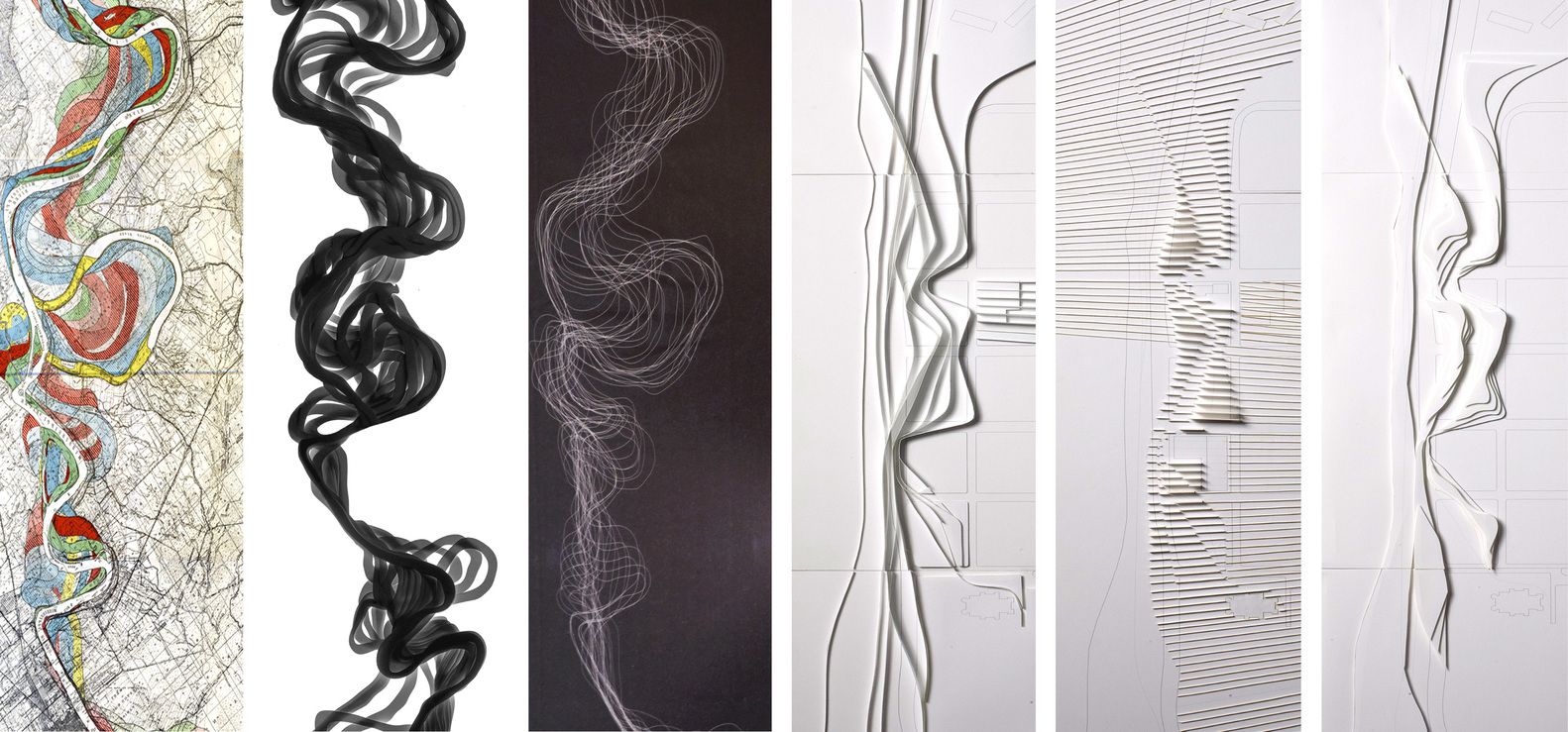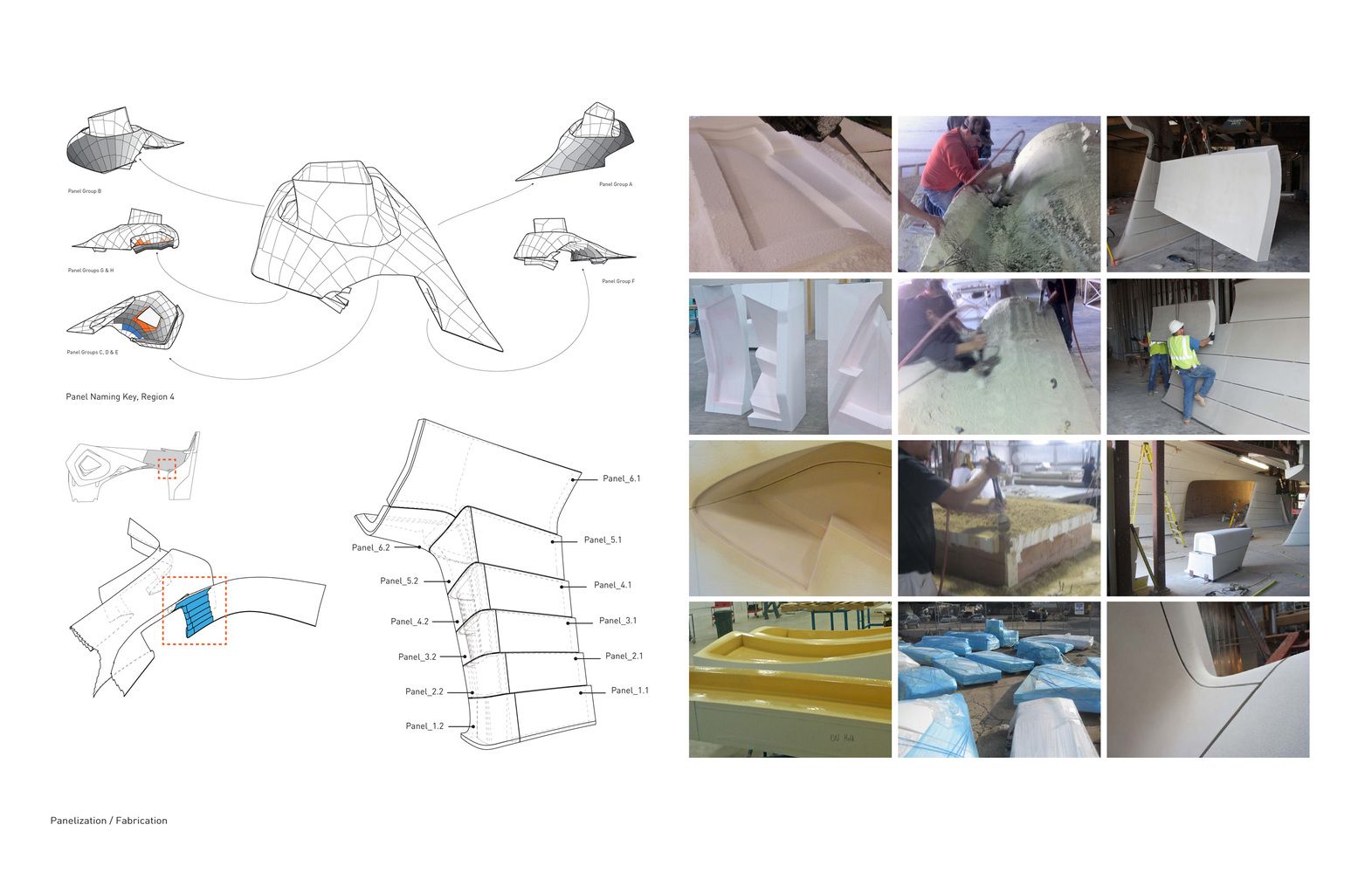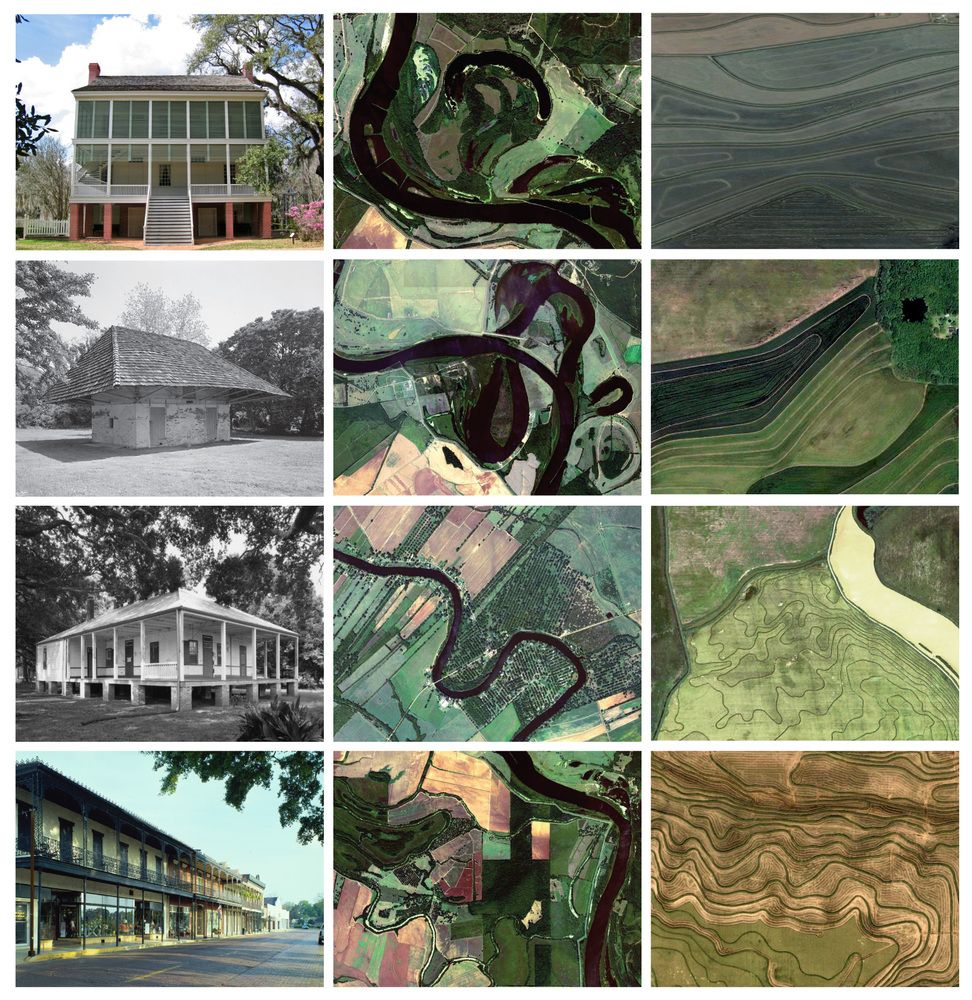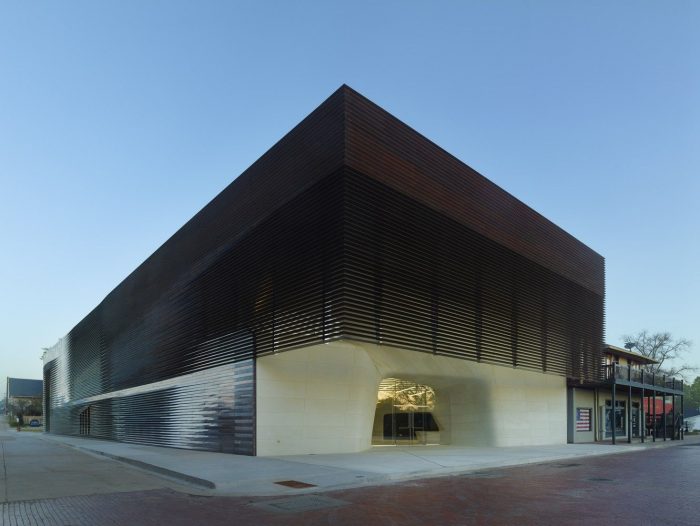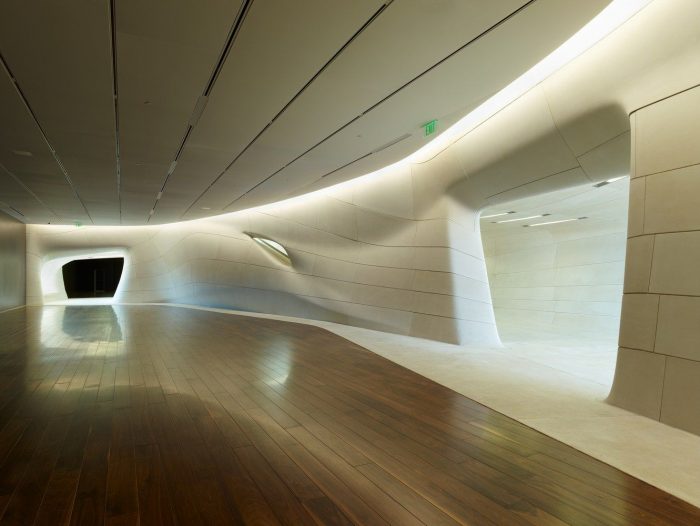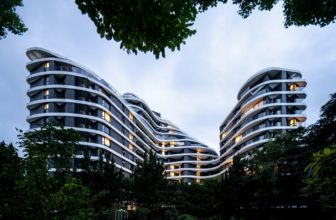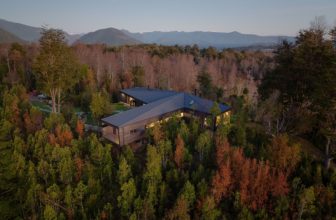I have to say, this building utterly fascinates me. For what seems like ages now, I’ve seen render after render of museum after concert hall after education center and seen these curvy walls that swoop and flutter and I always just kind of called bullshit. It’s like, that is a brilliant idea for what an interior could be. But how’re you really gonna do it? Computers (and humans) make such great curved things now with our parametrics and our boolean modeling but other than metal- which isn’t what’s in the renderings. These are those white wall, nothing material renderings with the swoopy walls. Not metal – how are we going to make these forms?
Well then, here’s the product of someone getting behind their renderings and saying ‘Yeah, we’re 21st century Man (and woman, you have to know you’re a part of this too [but can we all admit that it really does make a cleaner sentence structure to all kind of get behind ‘Man’ and not quibble over the further breaking down of this really overarching, species referring, vernacular which is the term ‘Man’- into further sub-categories of the sexes which comprise said species?]), we can do this stuff now! We can, if we really wanted, do this stuff.
 The Louisiana Sports Hall of Fame Museum uses BIM designed, individually built cast stone panels to create a cave like interior structure to an externally boxy building, clad in locally sourced louvres. It is designed and in the process of being built by Trahan Architects in Natchitoches, located in the north-west of the state.
The Louisiana Sports Hall of Fame Museum uses BIM designed, individually built cast stone panels to create a cave like interior structure to an externally boxy building, clad in locally sourced louvres. It is designed and in the process of being built by Trahan Architects in Natchitoches, located in the north-west of the state.
 There is a definite subterranean quality to the rooms which could remind one of the Egyptian and Indian peninsula temples carved as one out of a mountainside or cliff face, in the way it seems carved from the space it occupies. The geometry is heavily influenced by the museum’s sense of space, located in a landscape overlooking the Cane River Lake, a tributary of the Red River which like burrowing water cuts through the earth and creates a network of channels. These smooth lines apparently produced by erosion are to house a collection of sports artifacts from Louisiana’s famed athletes as well as history more local the the museum’s locale.
There is a definite subterranean quality to the rooms which could remind one of the Egyptian and Indian peninsula temples carved as one out of a mountainside or cliff face, in the way it seems carved from the space it occupies. The geometry is heavily influenced by the museum’s sense of space, located in a landscape overlooking the Cane River Lake, a tributary of the Red River which like burrowing water cuts through the earth and creates a network of channels. These smooth lines apparently produced by erosion are to house a collection of sports artifacts from Louisiana’s famed athletes as well as history more local the the museum’s locale.
